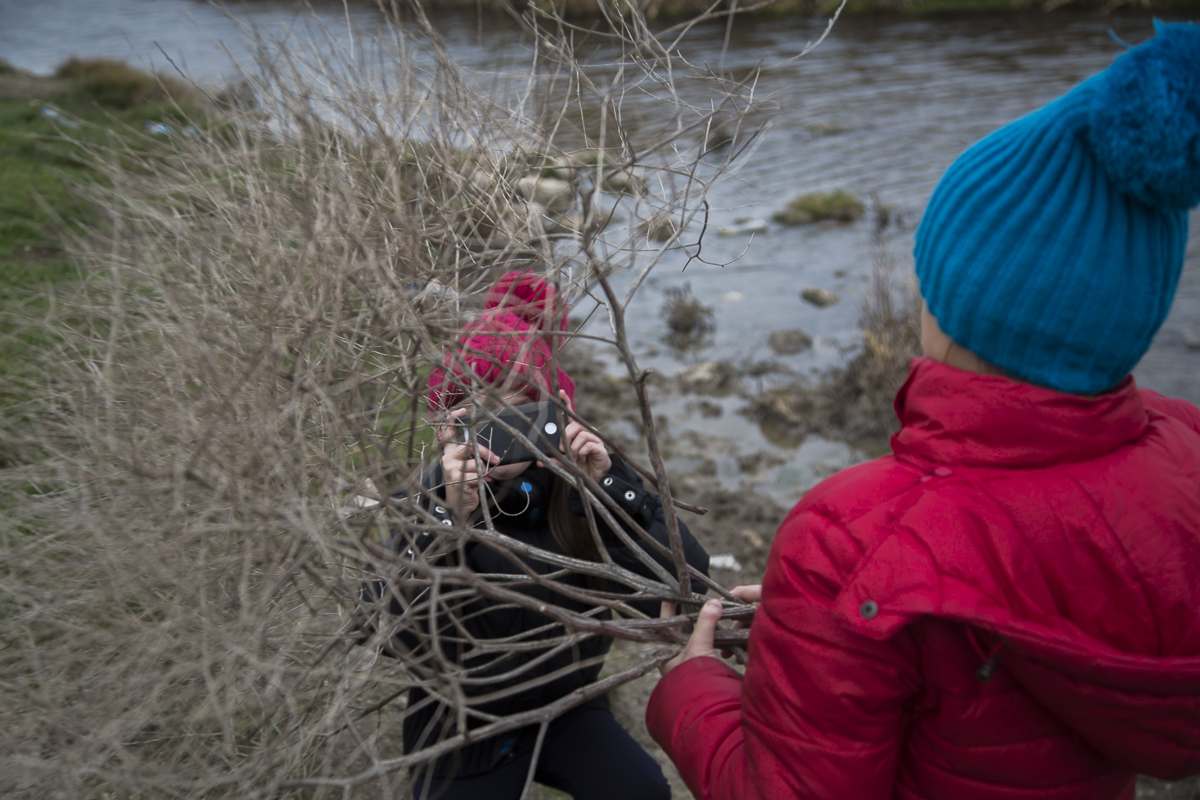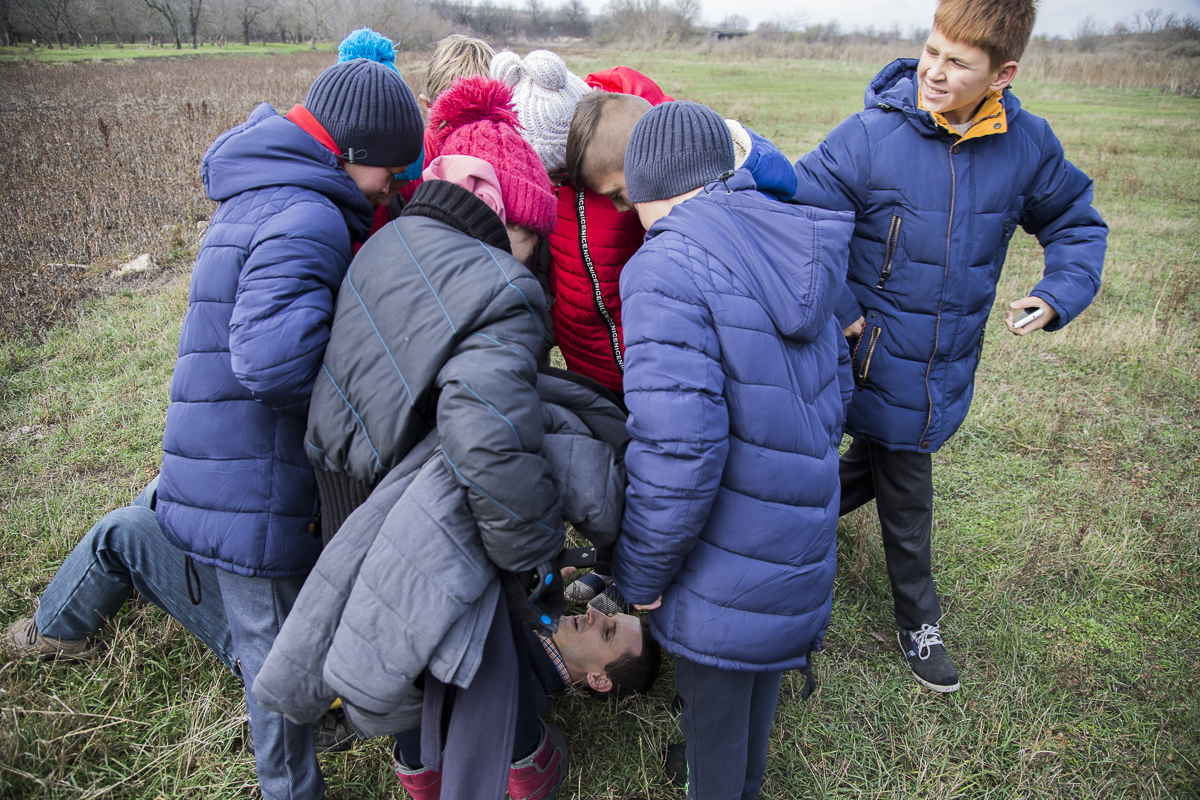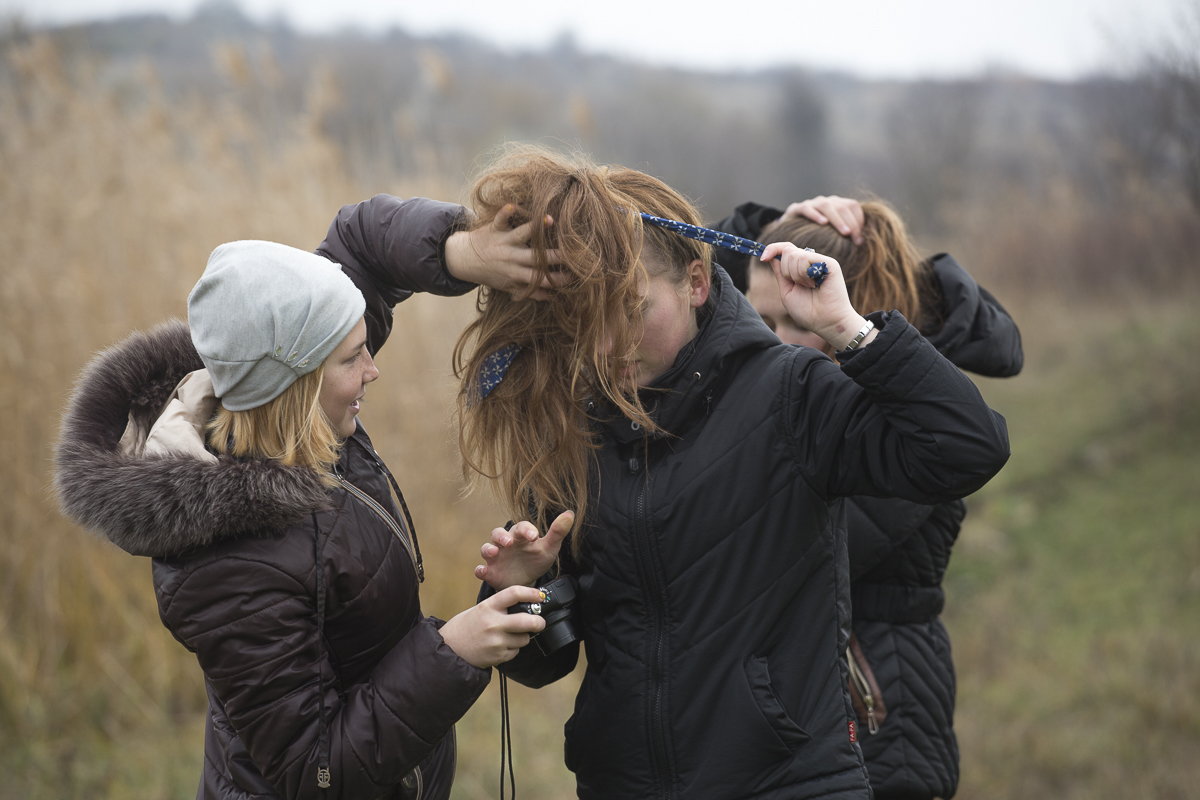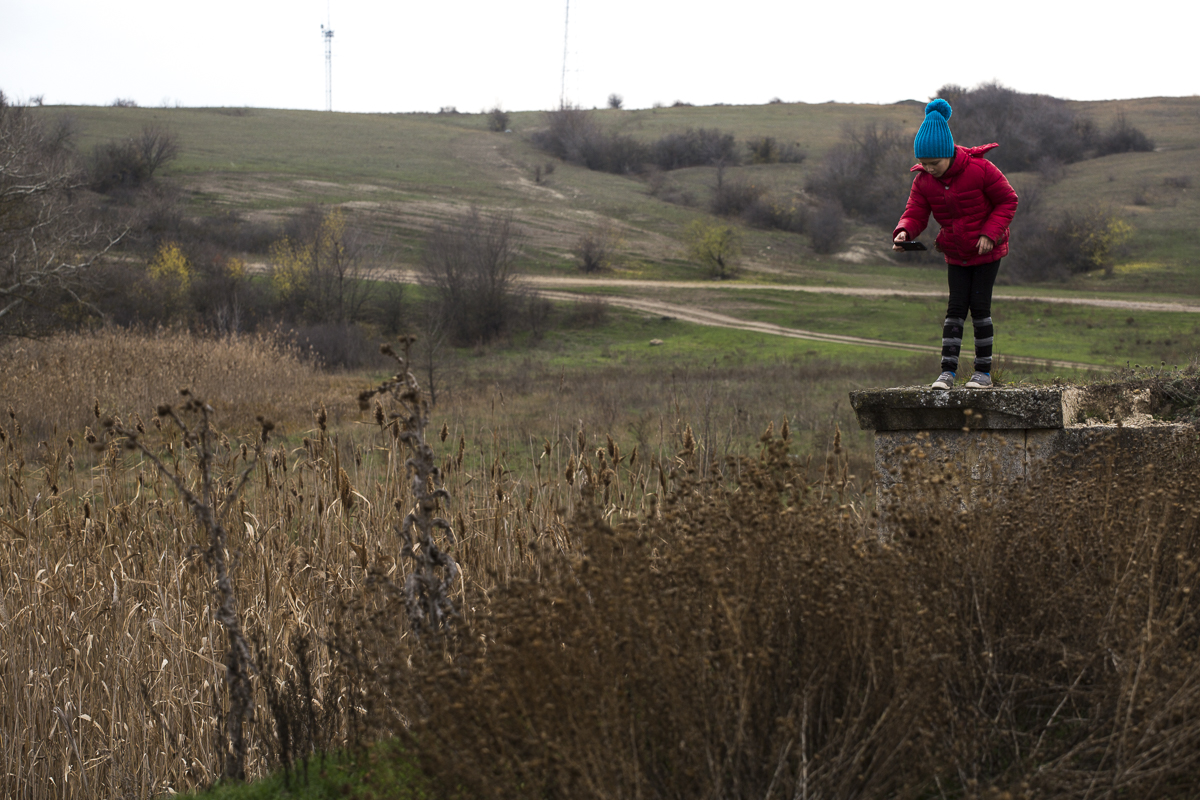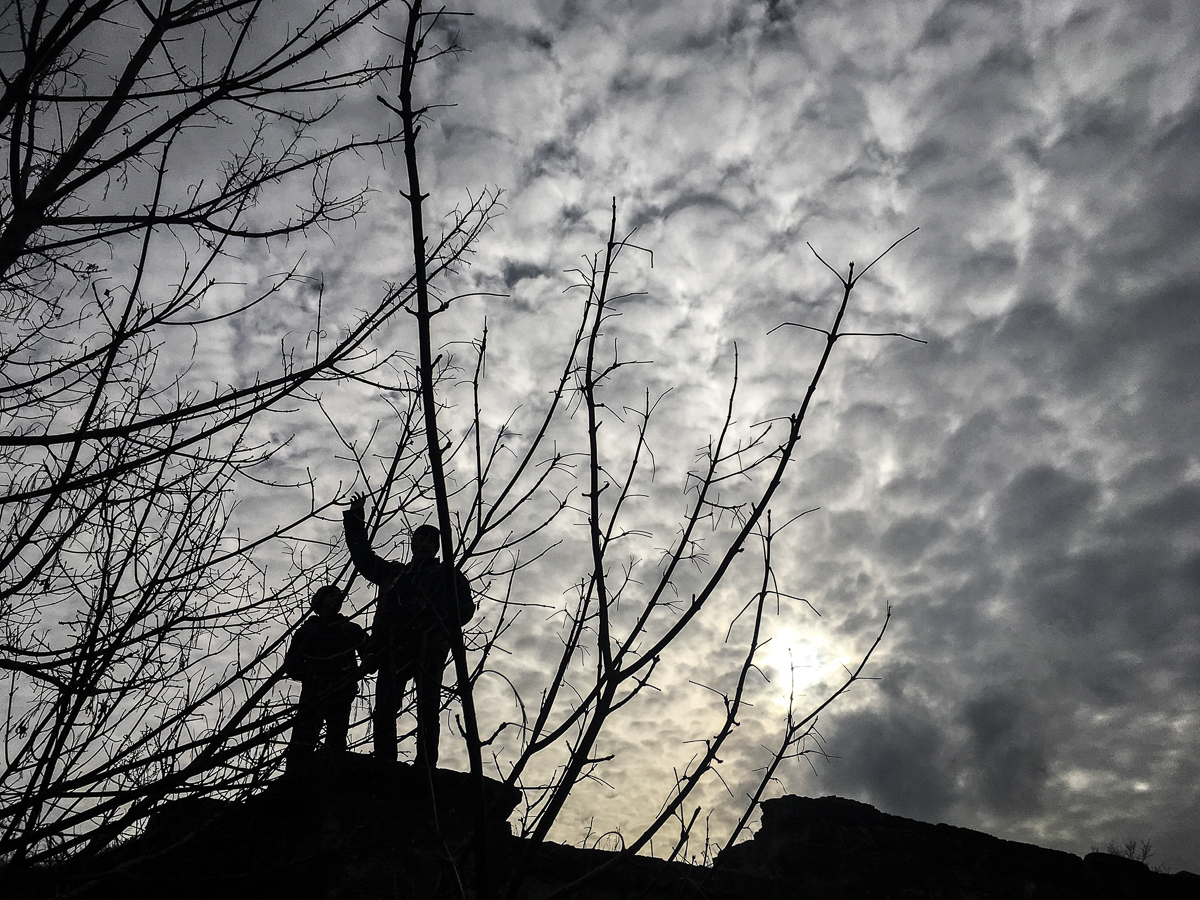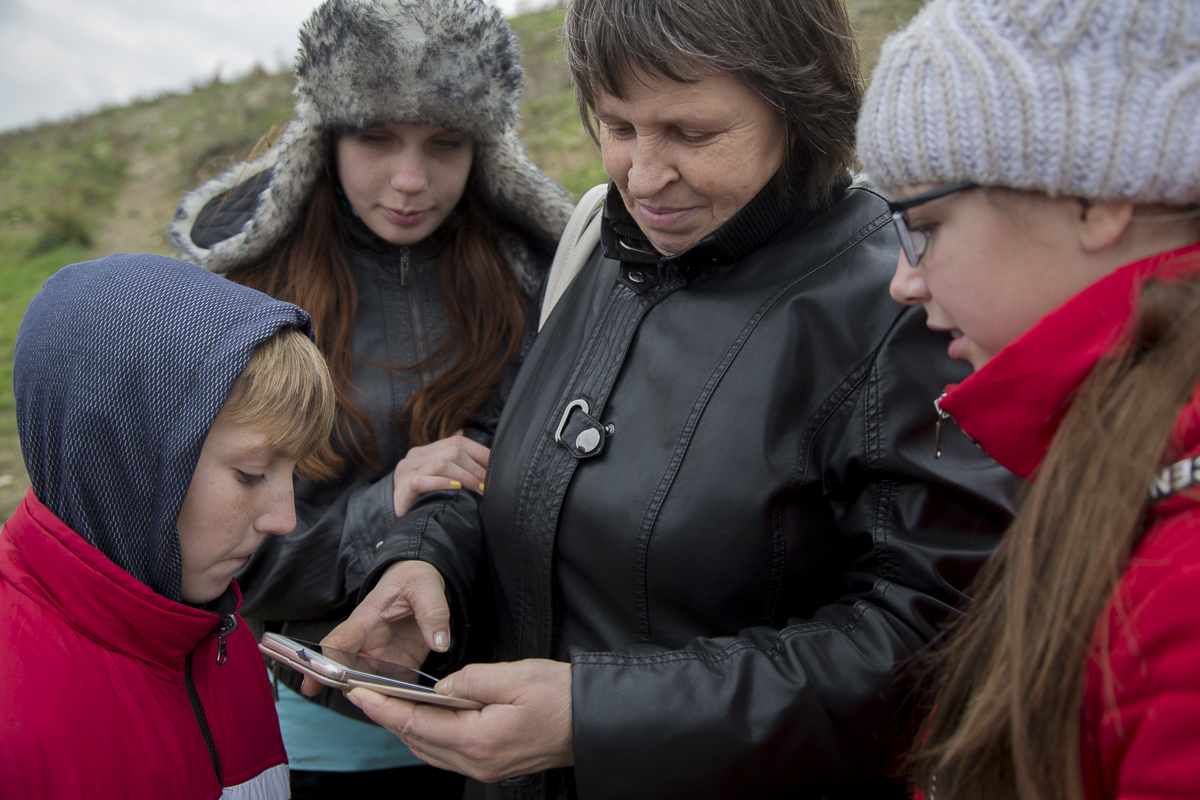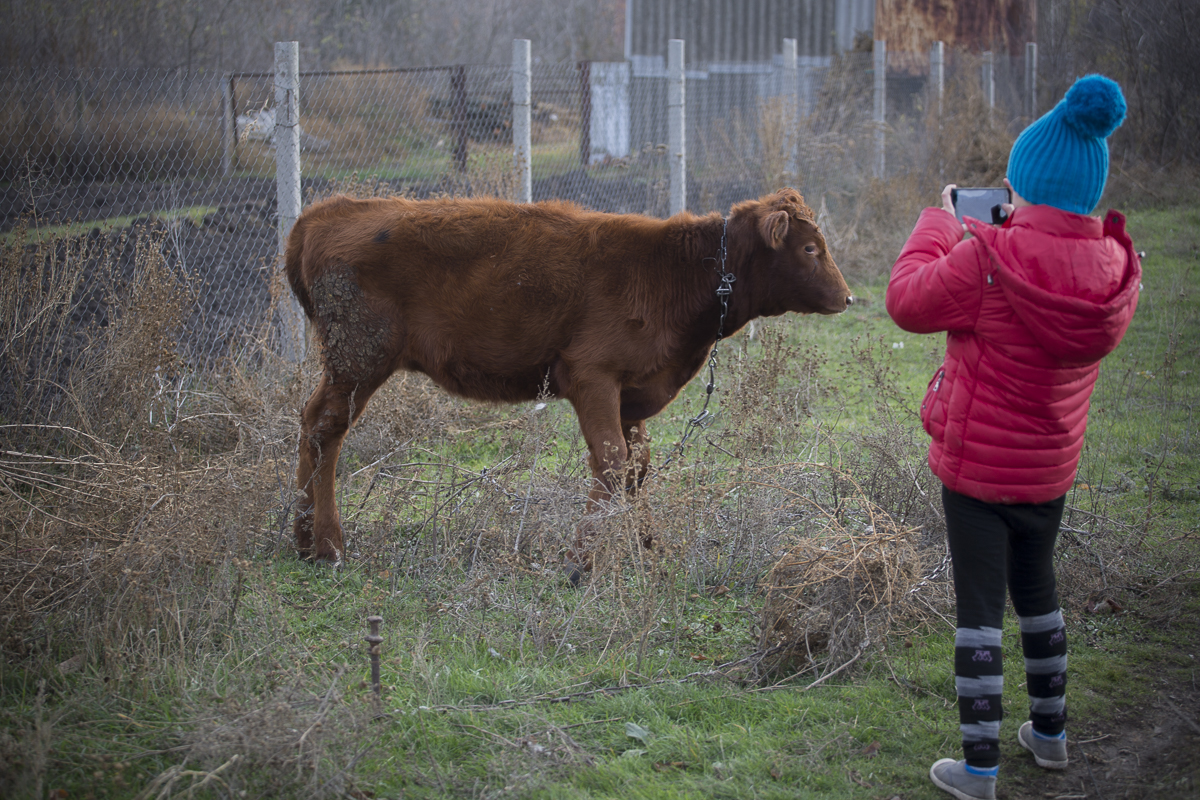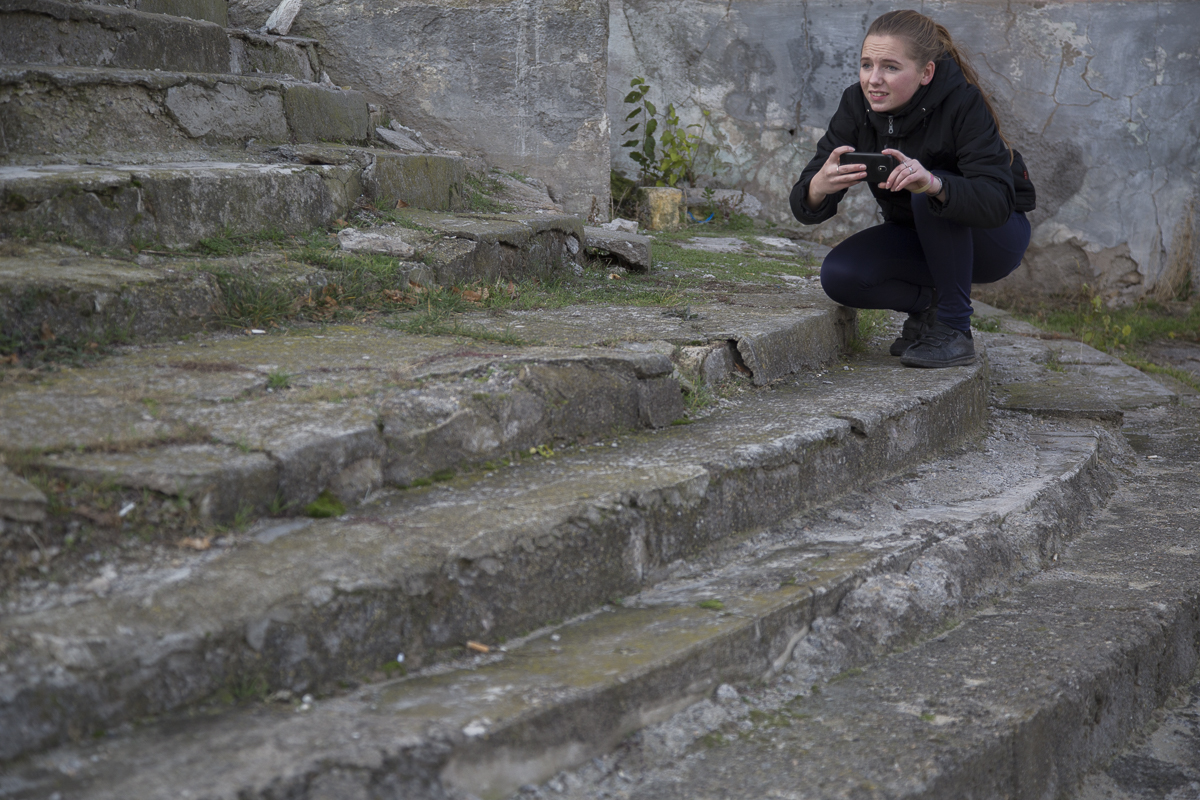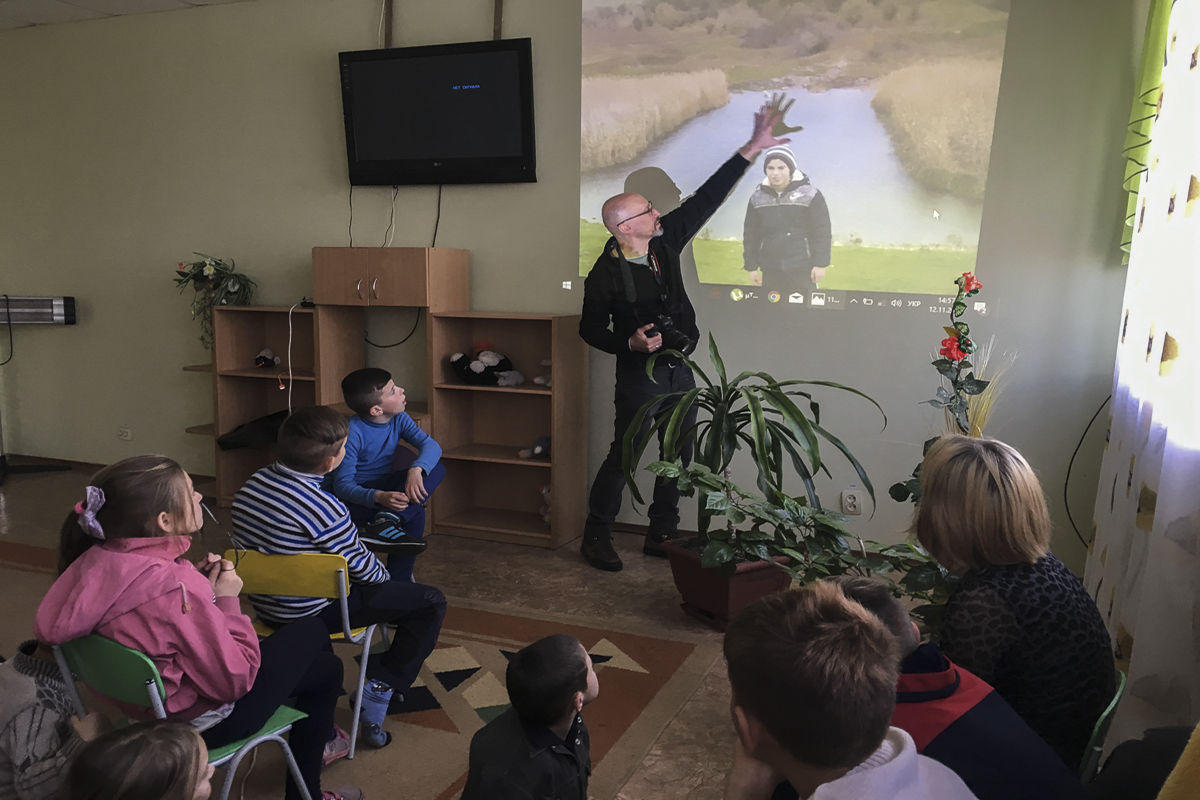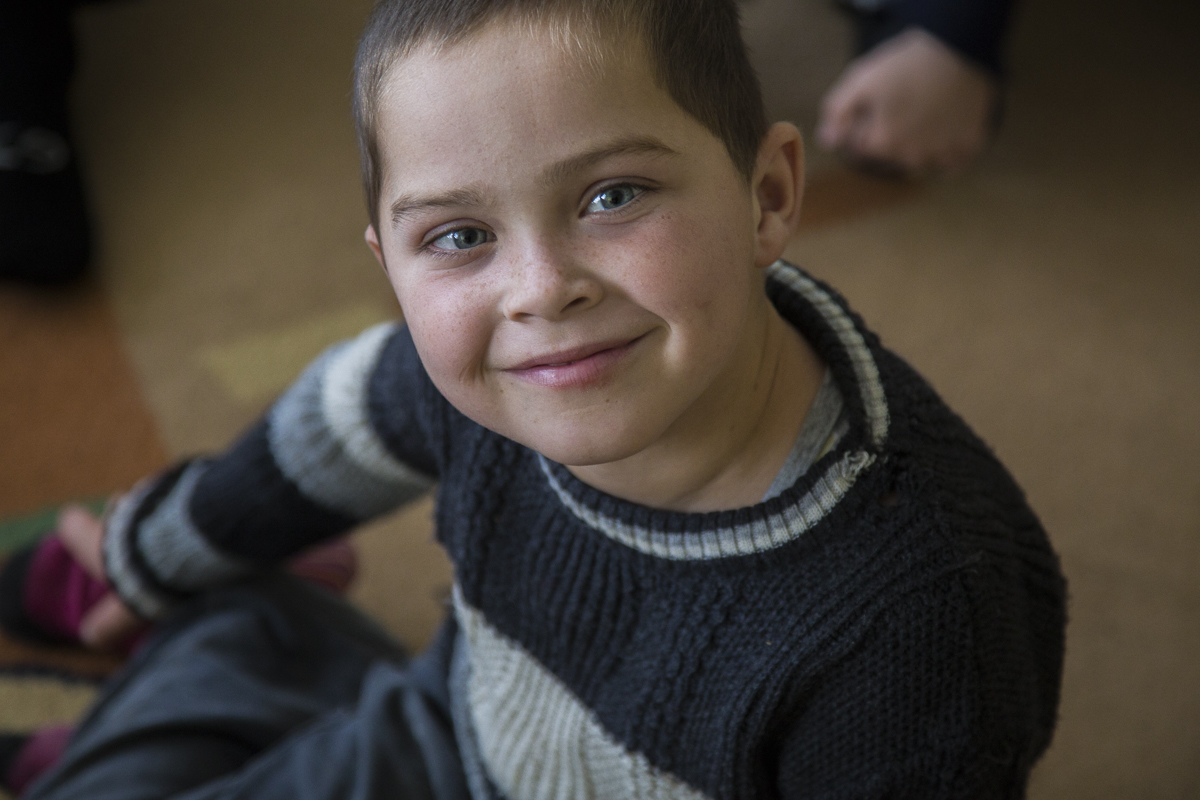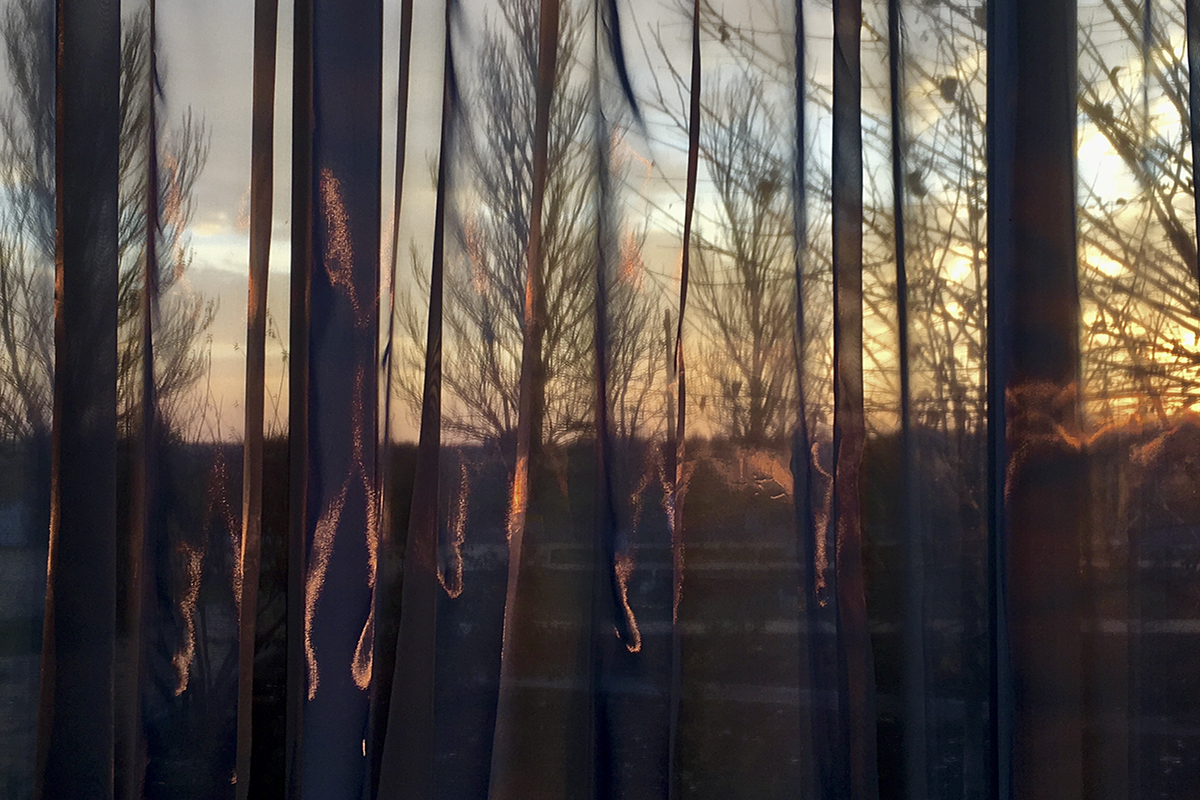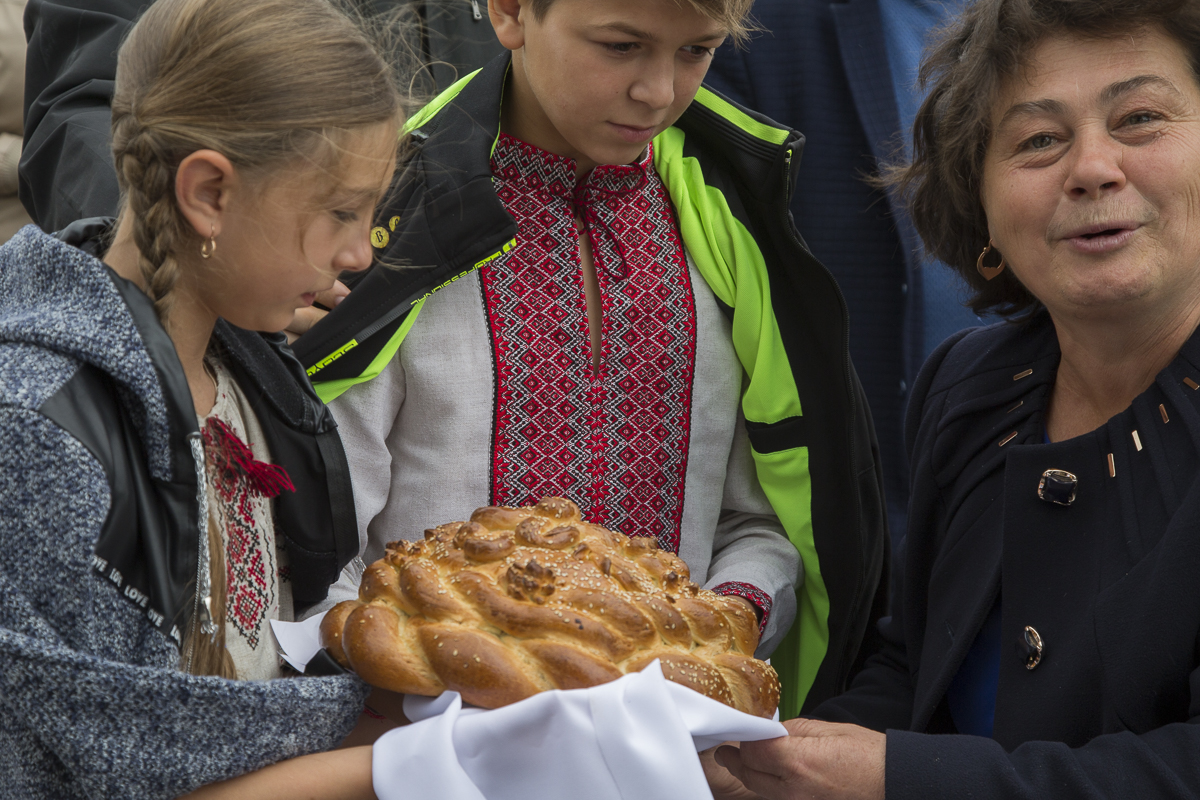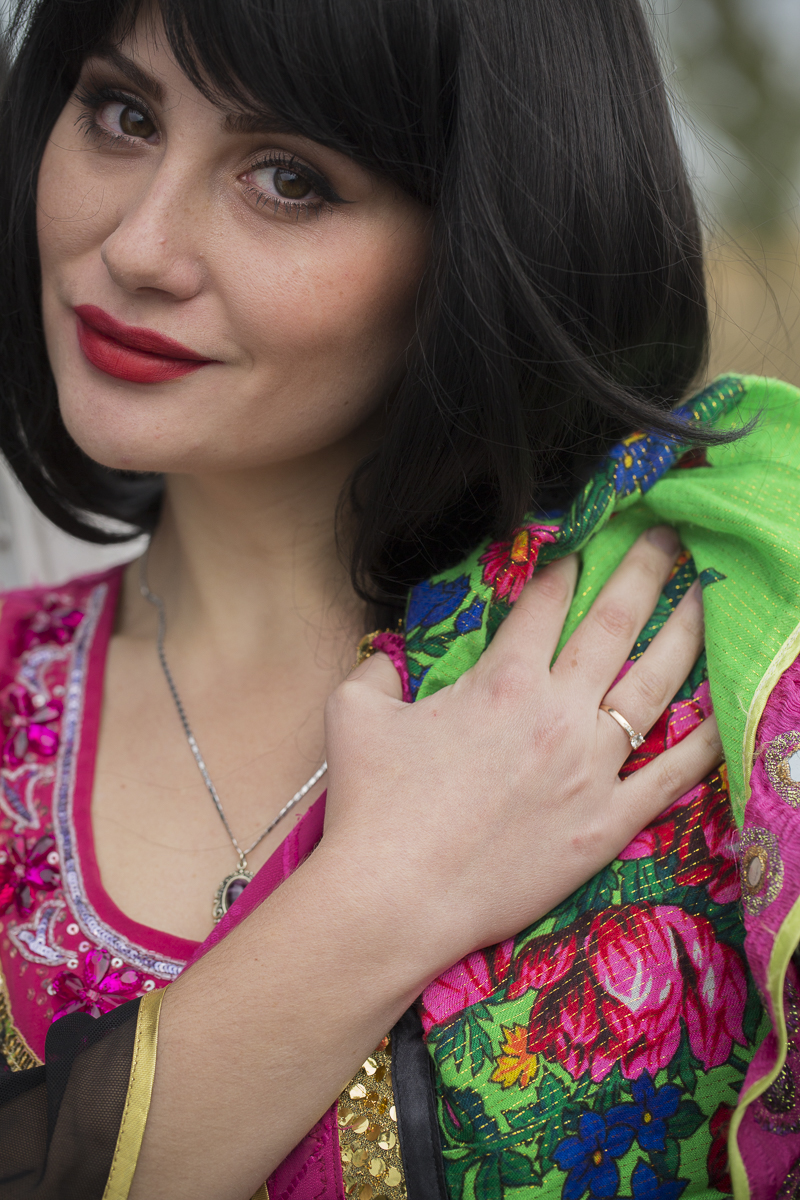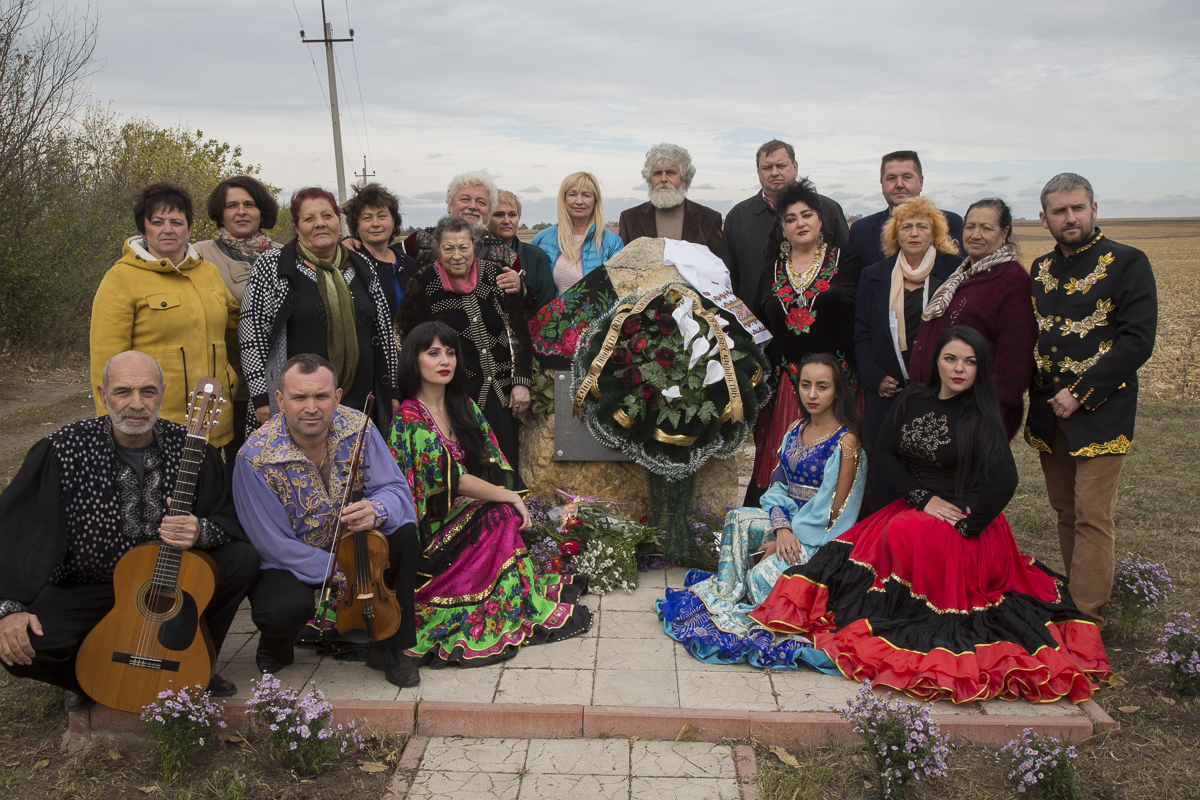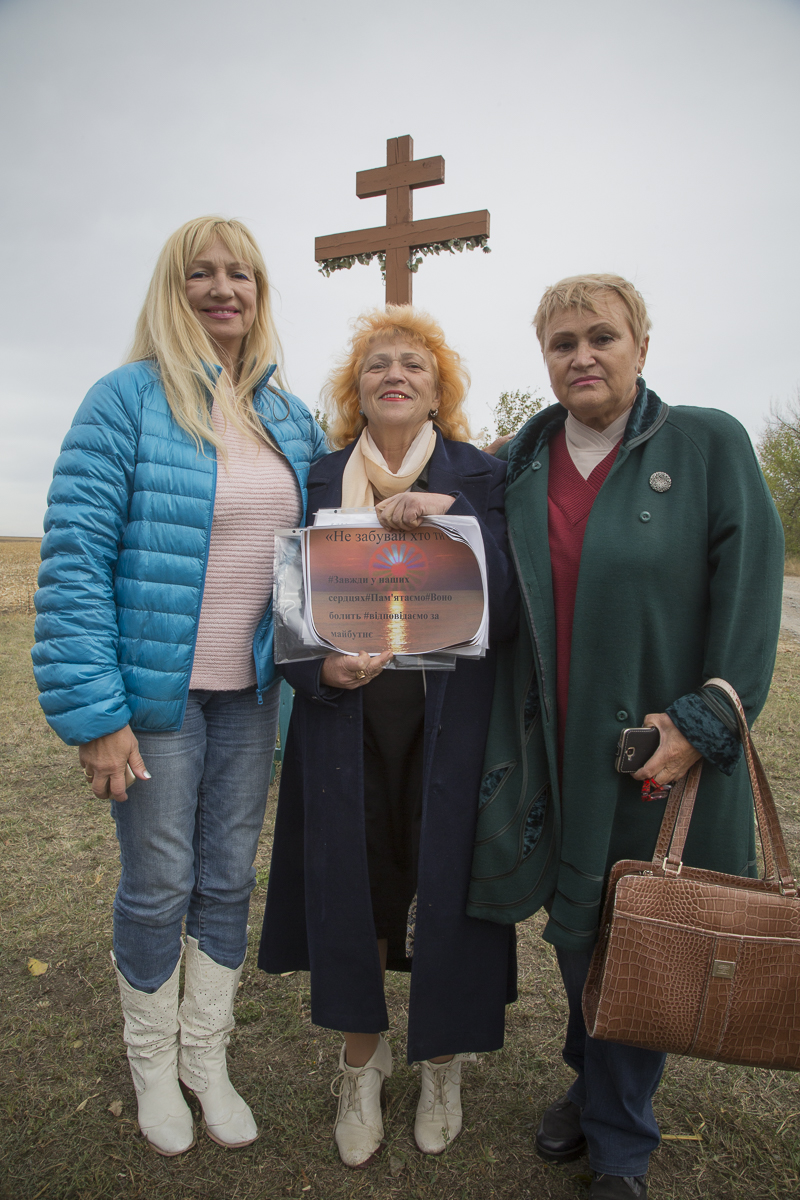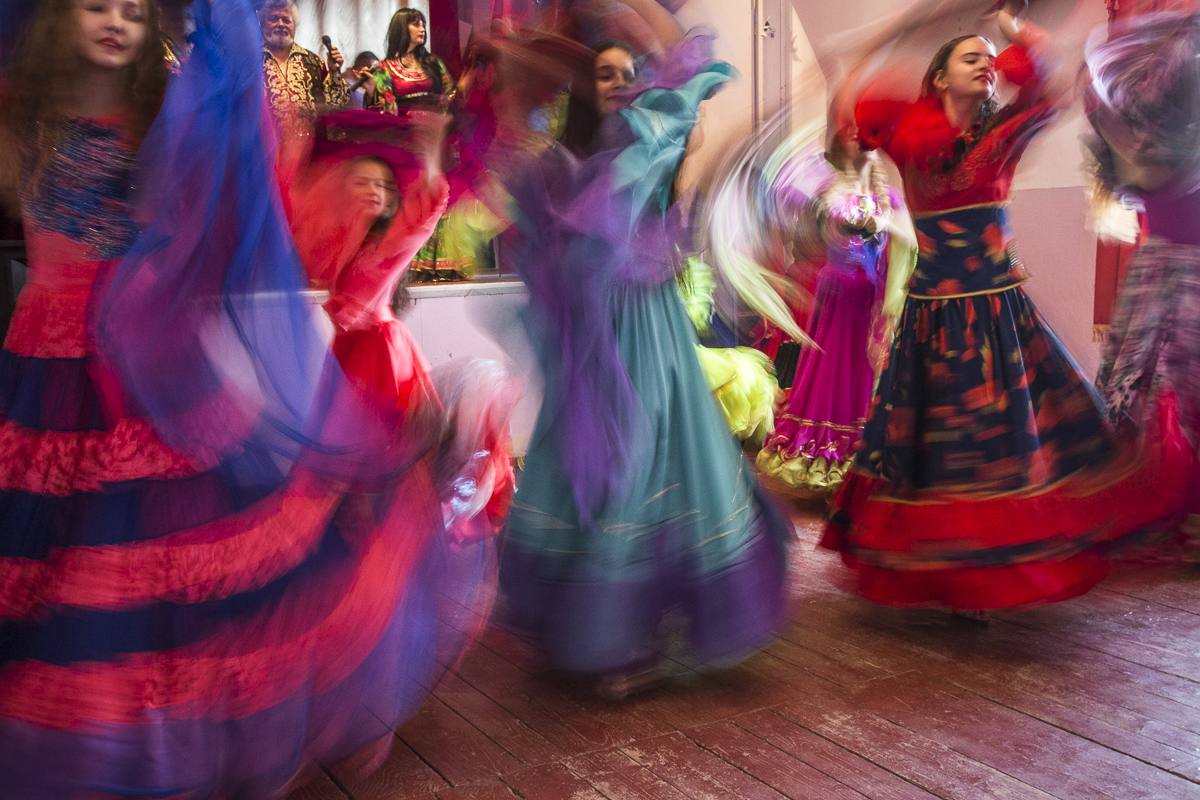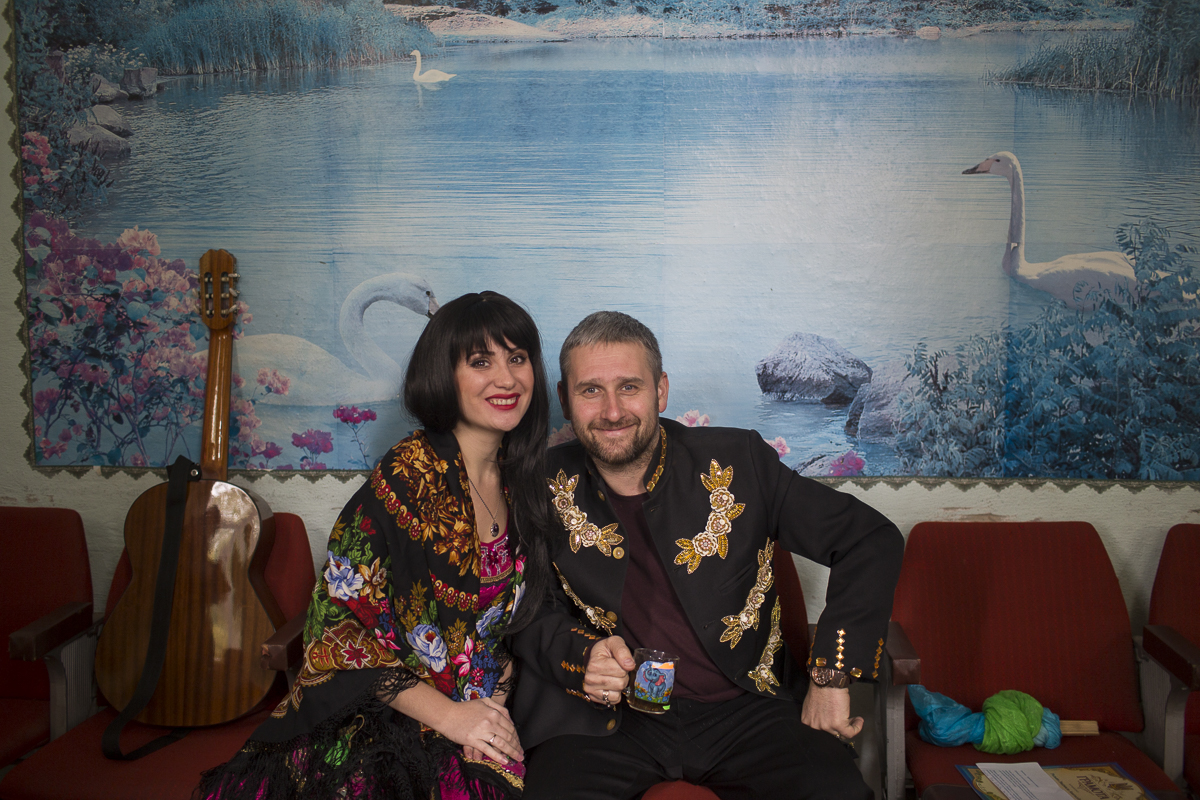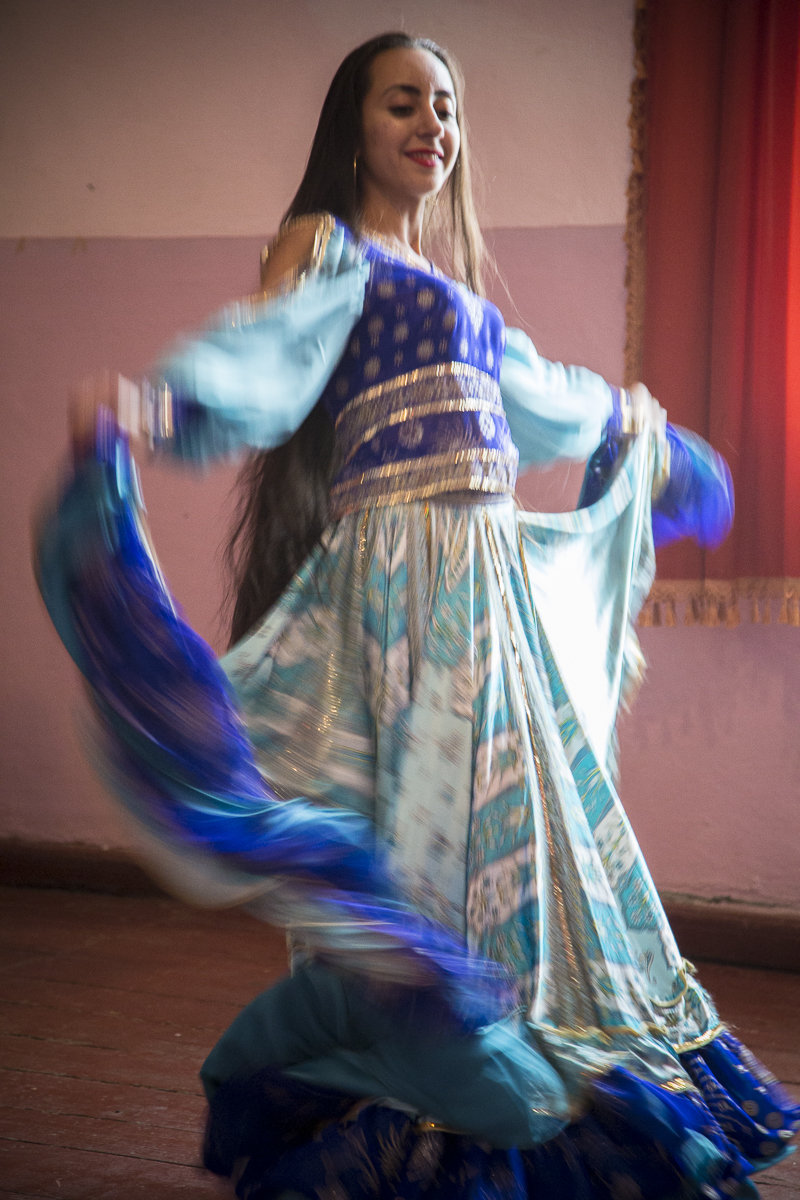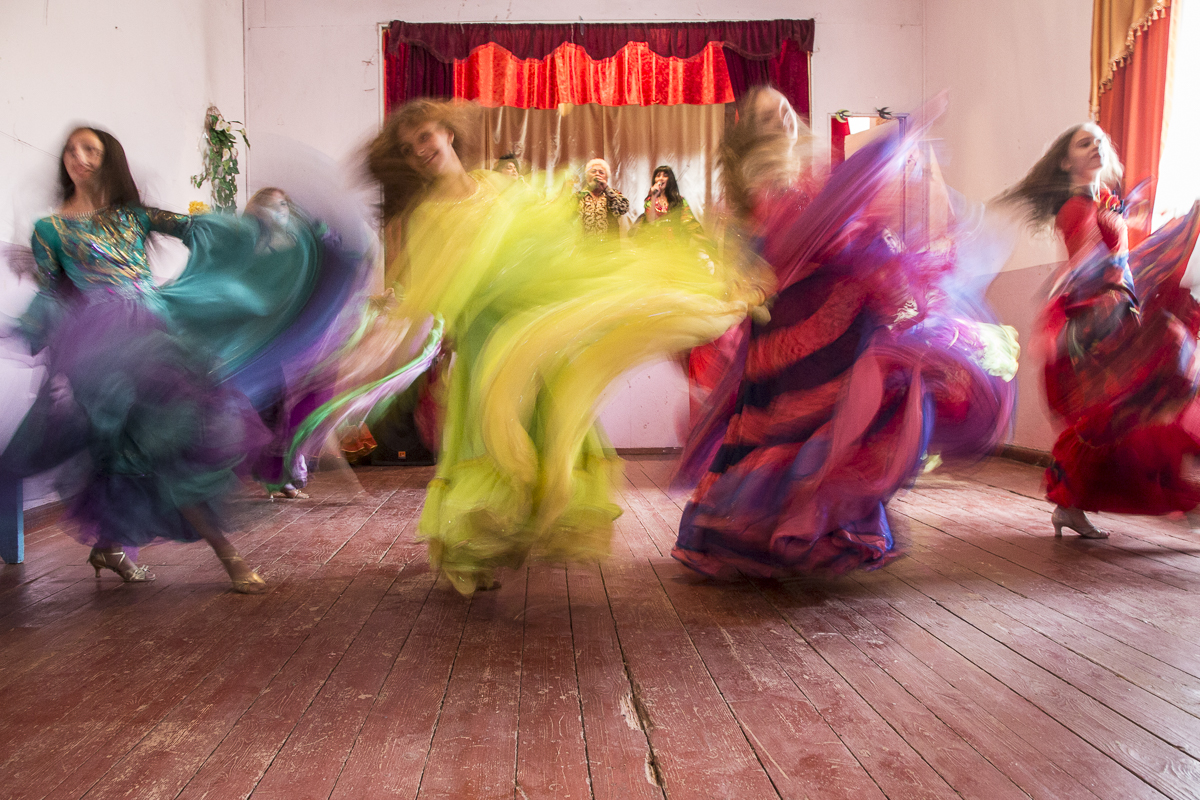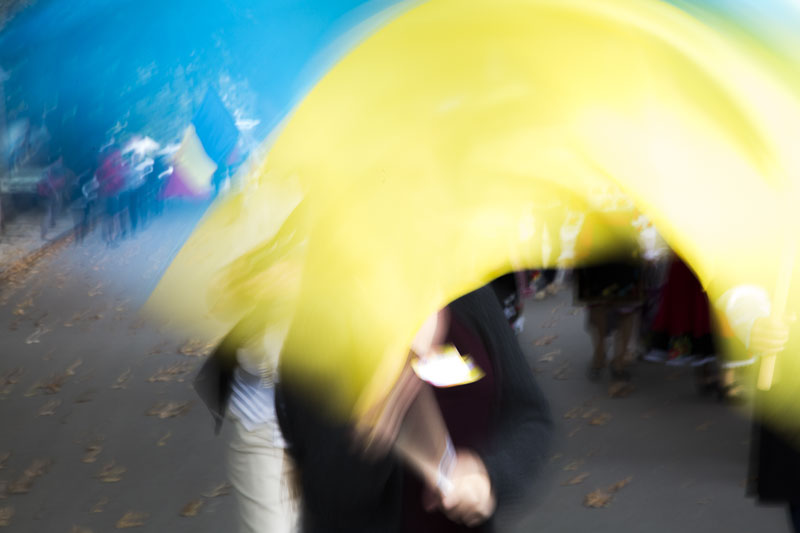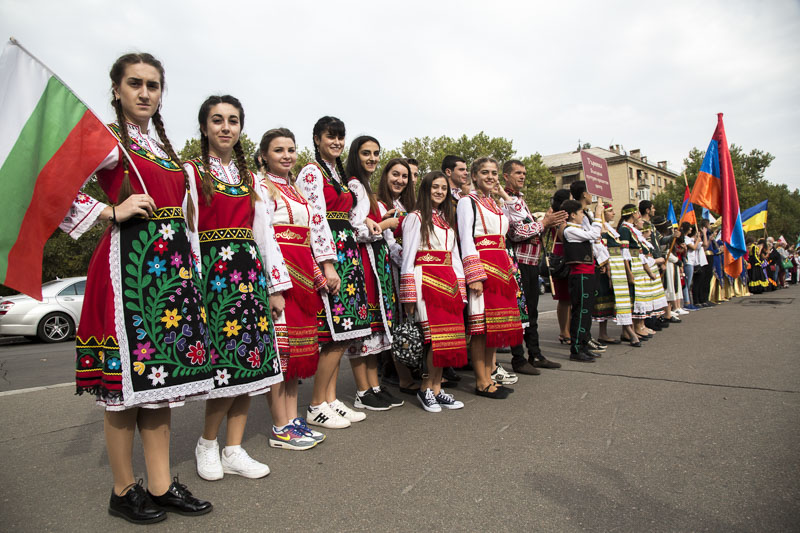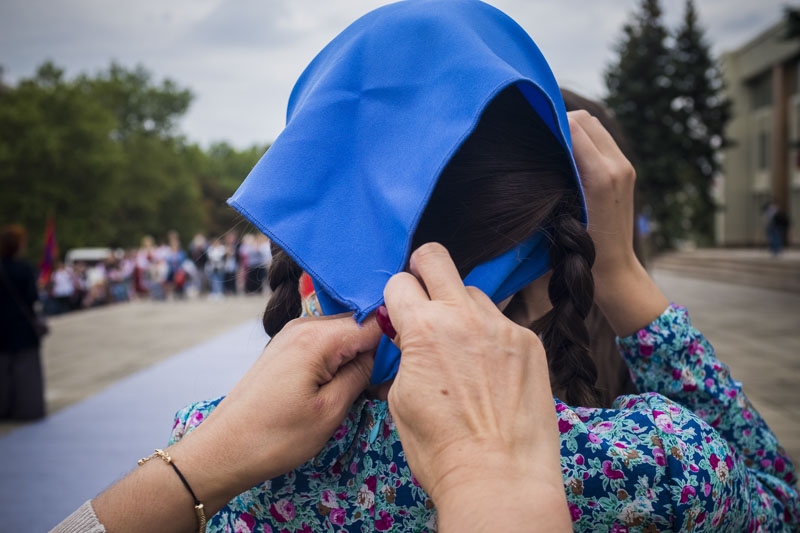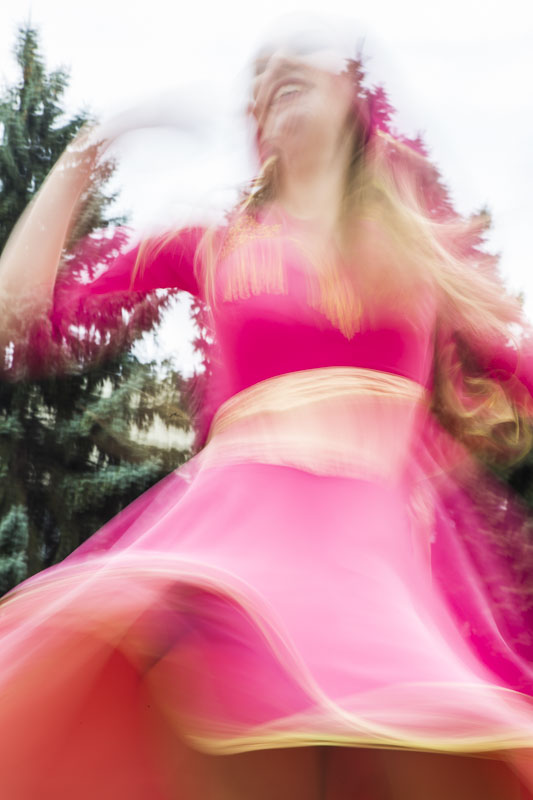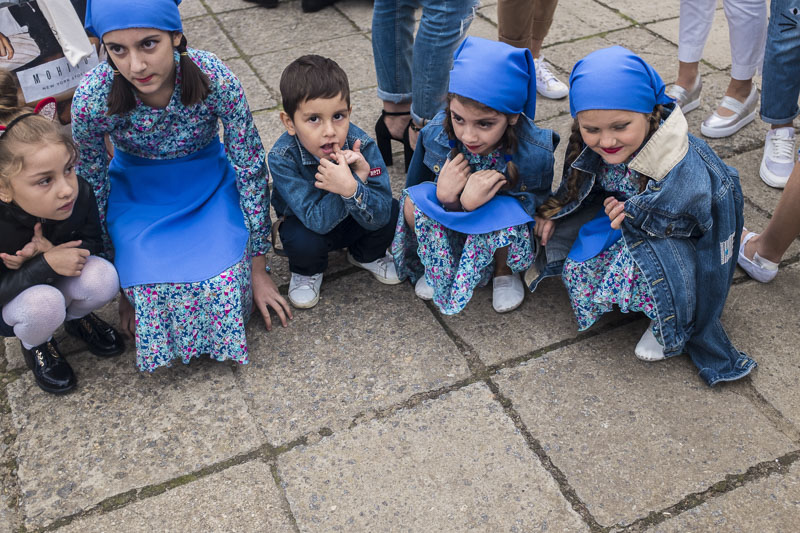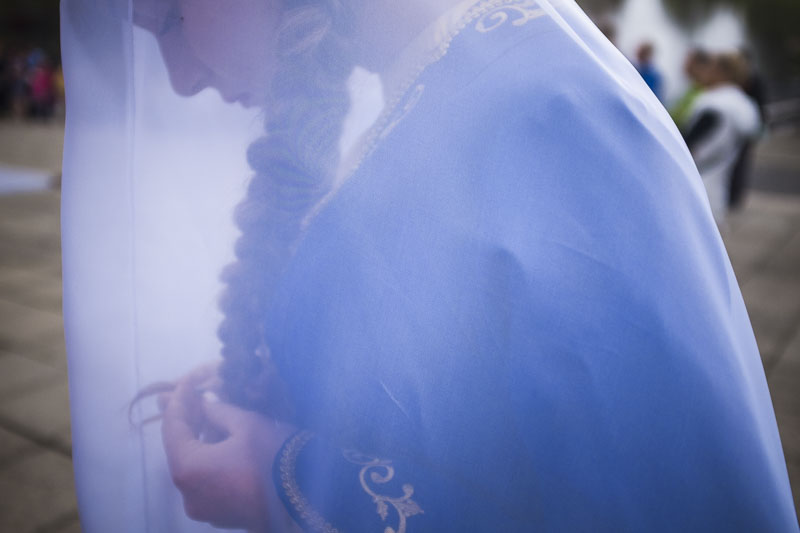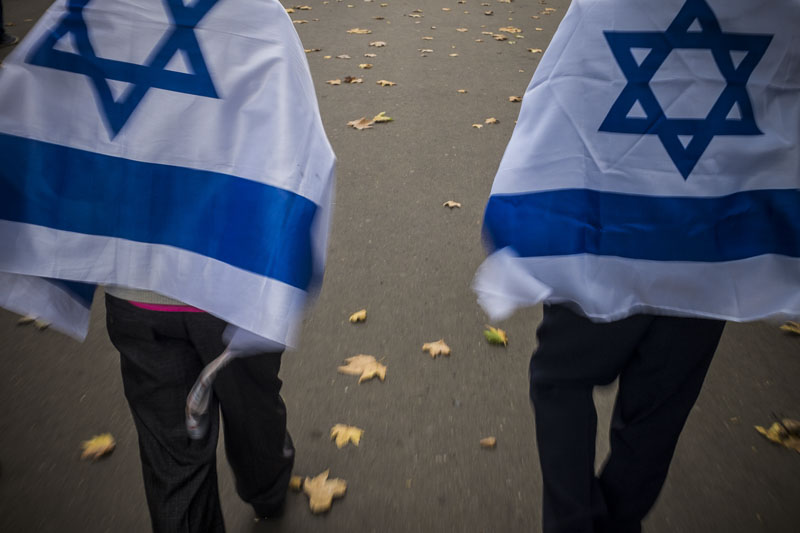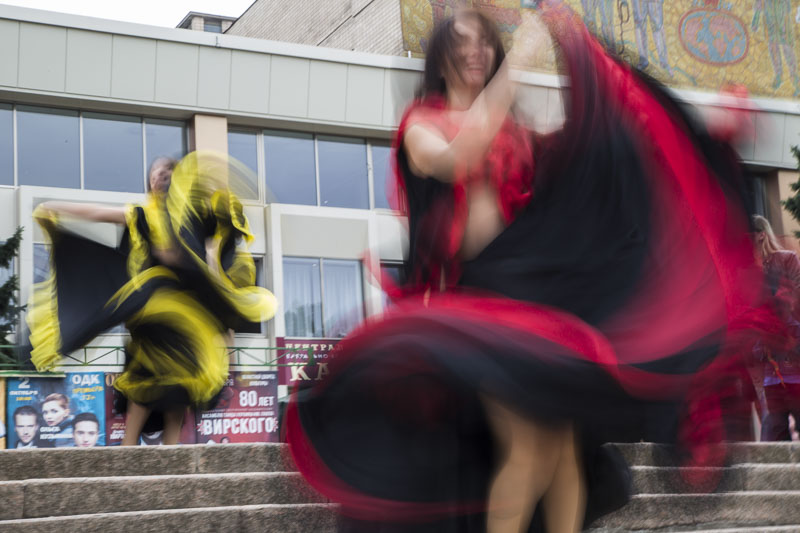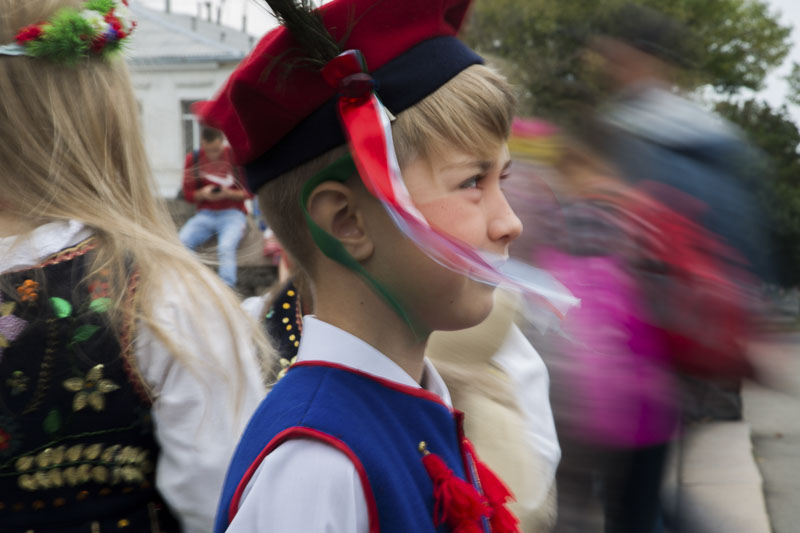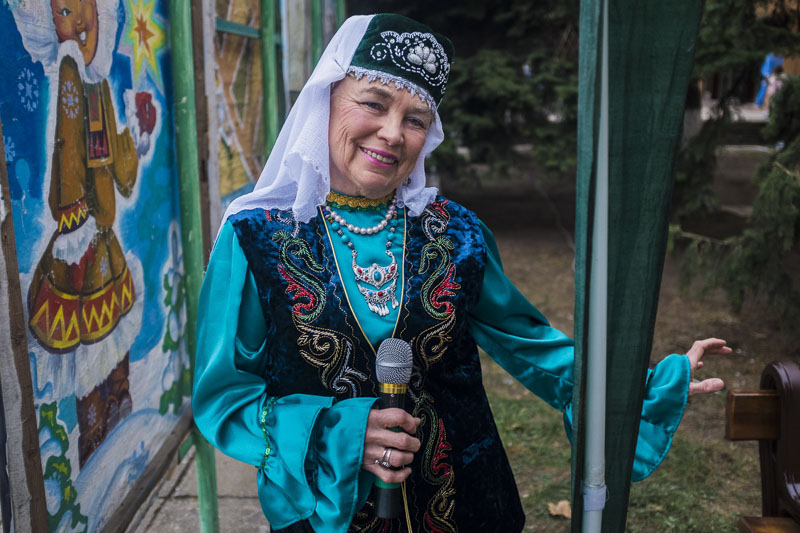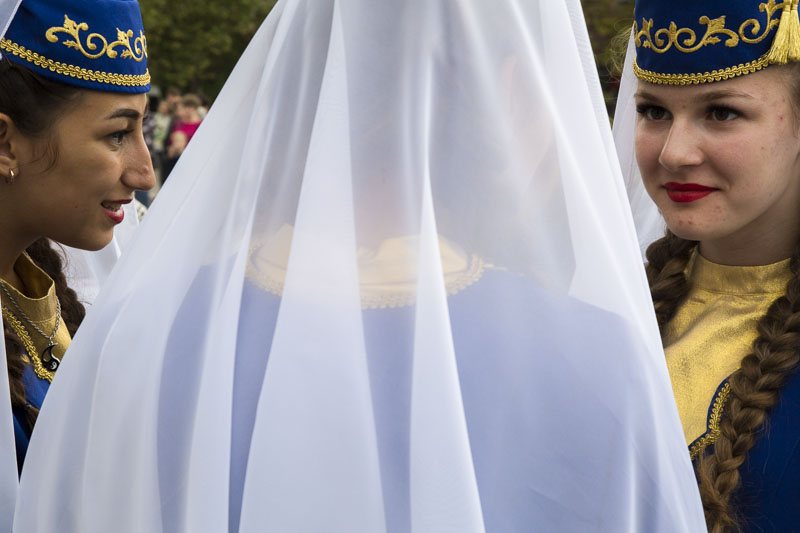By Gabriela Bulisova & Mark Isaac
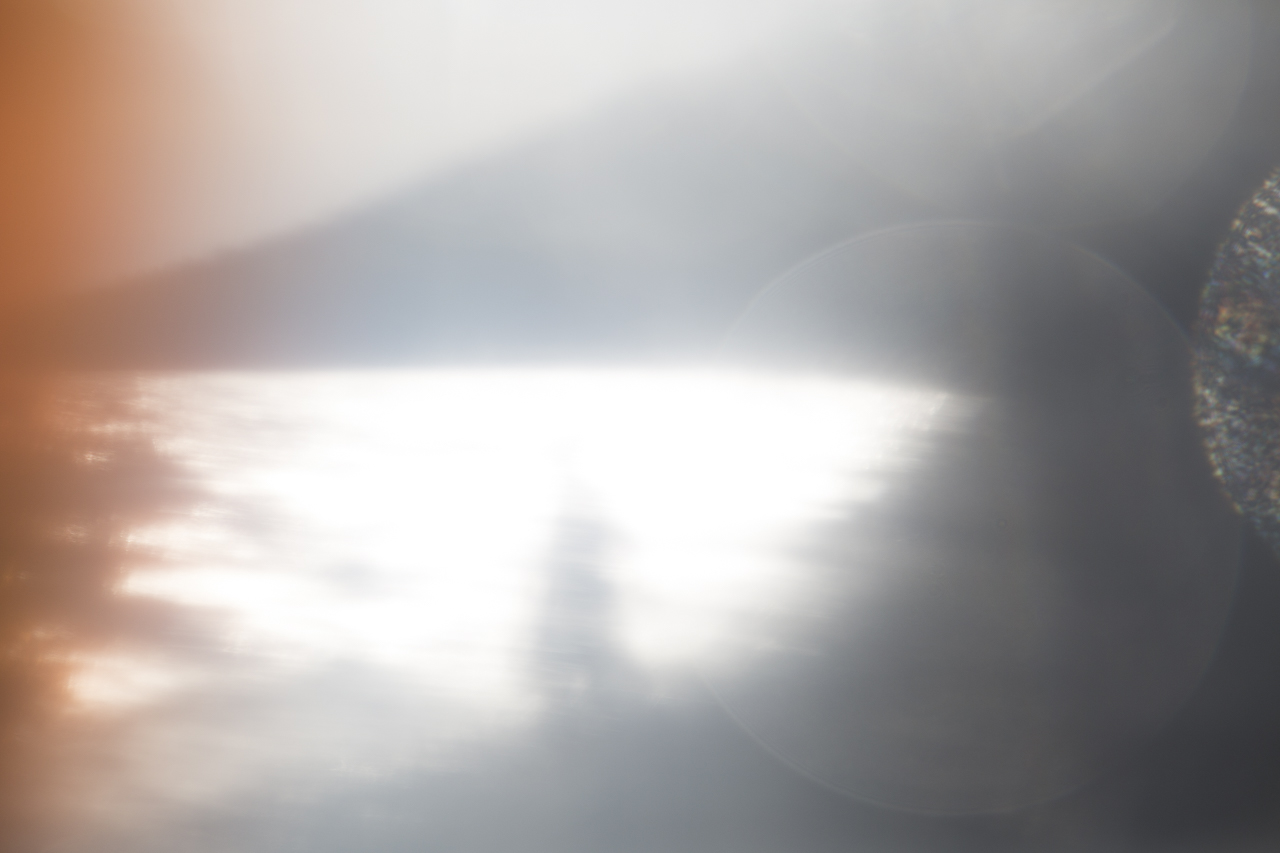
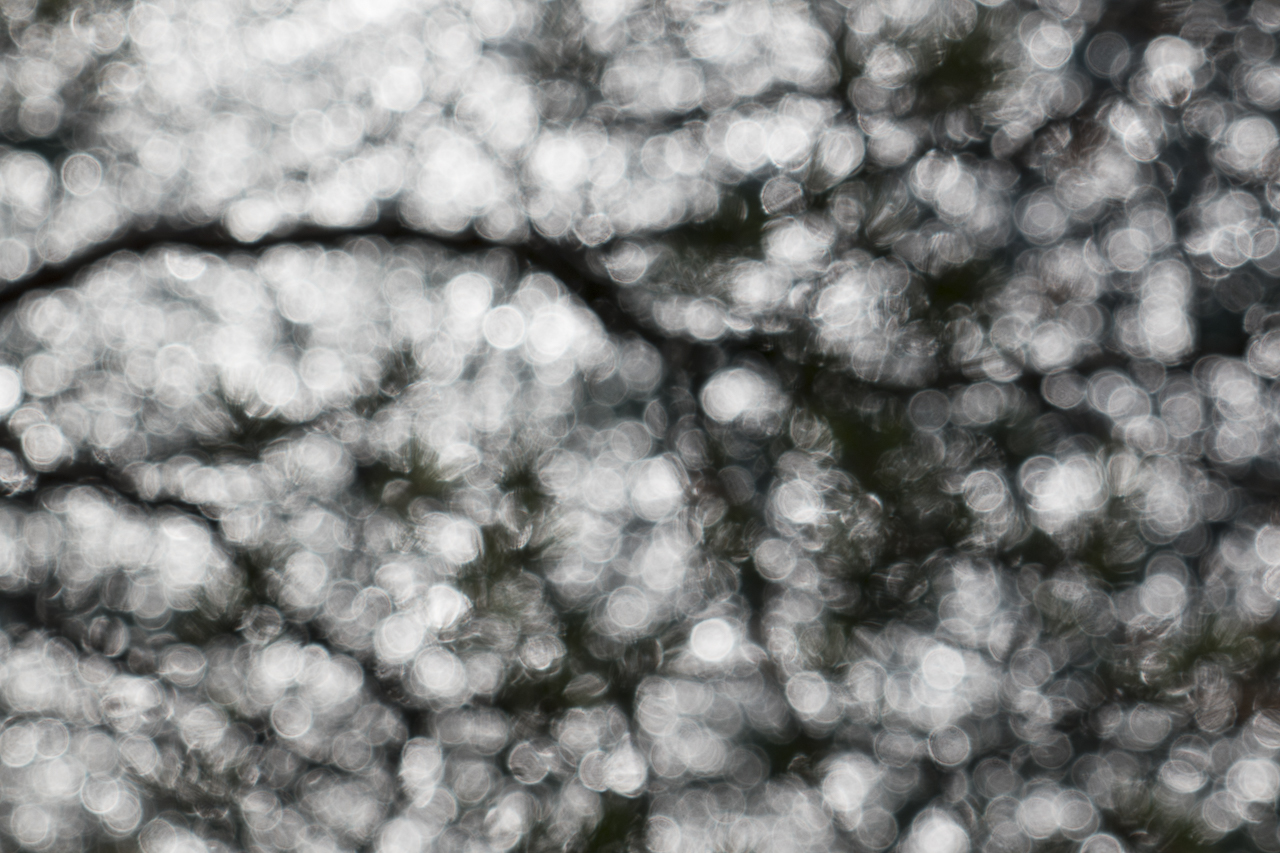
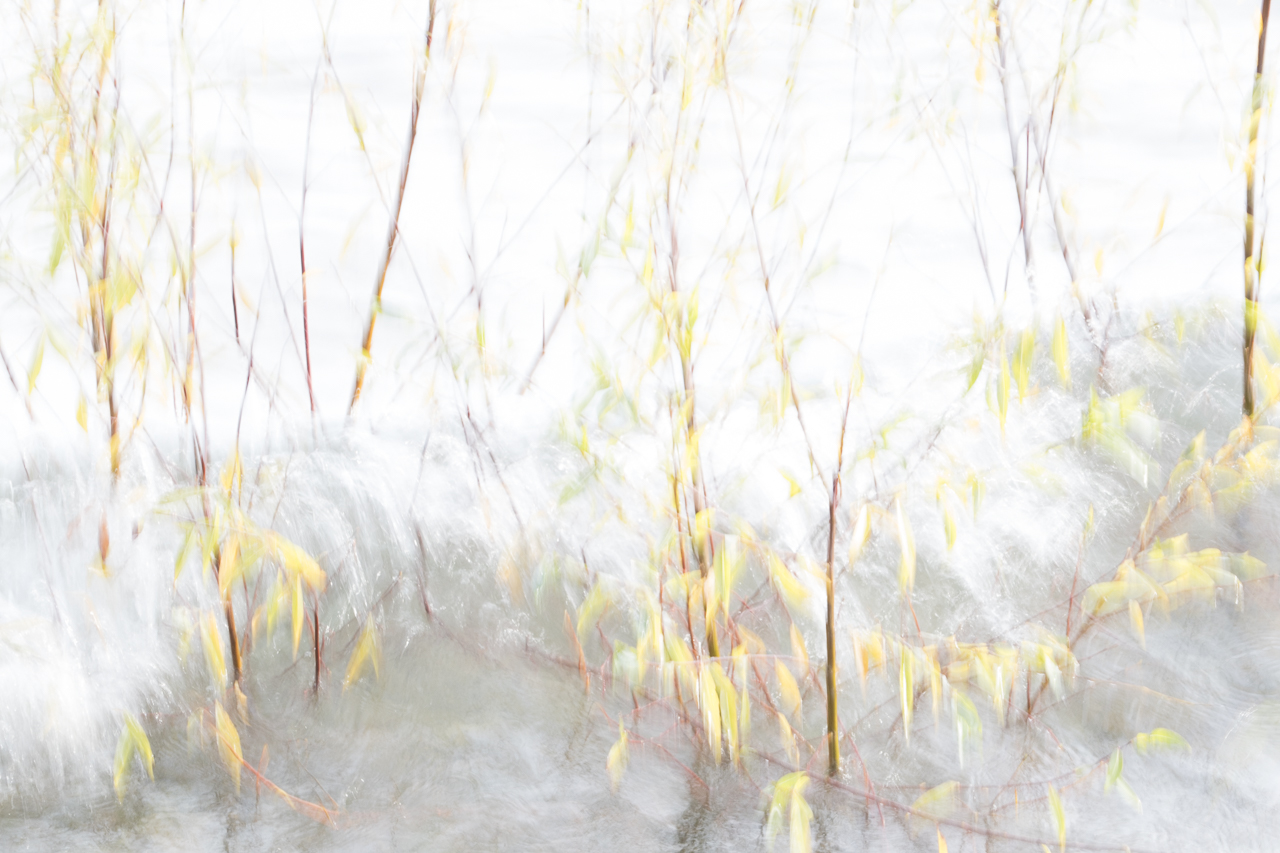
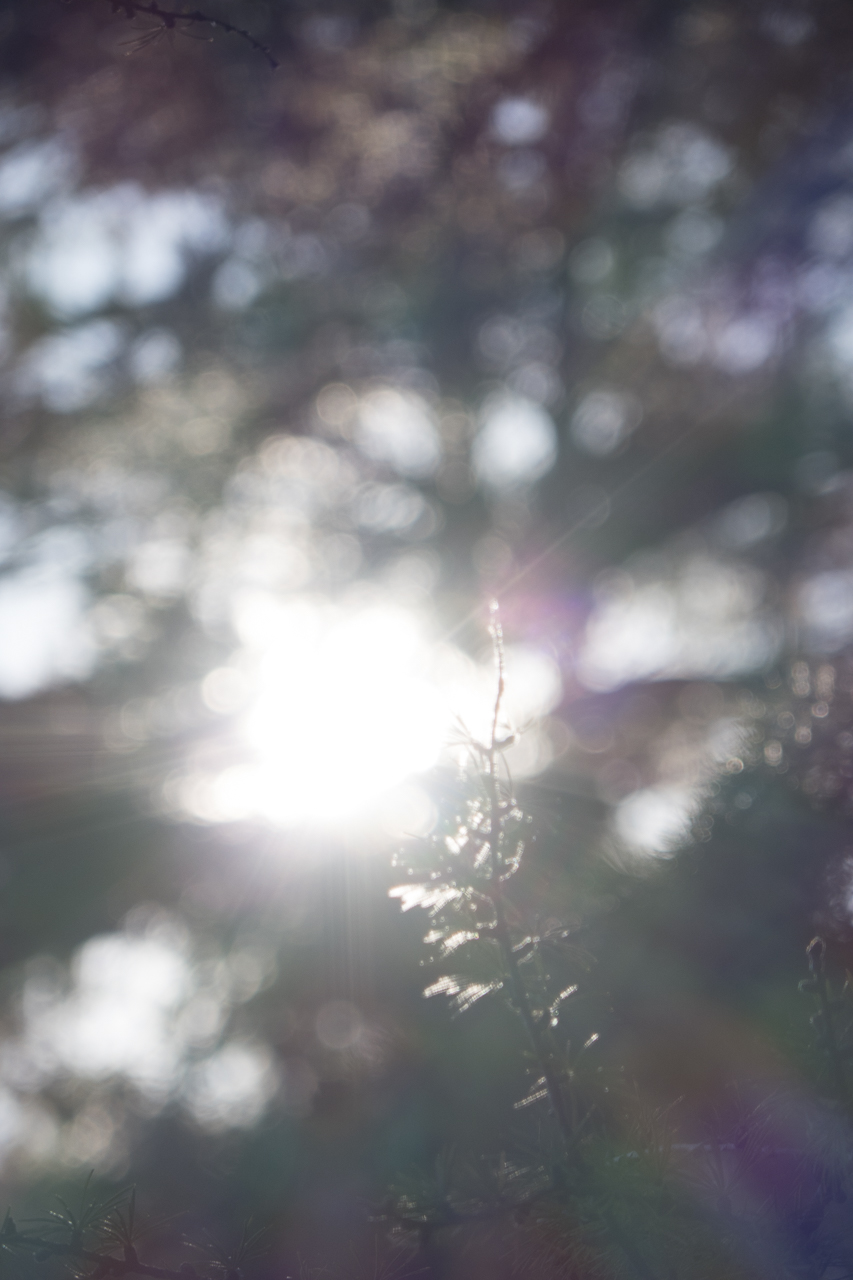
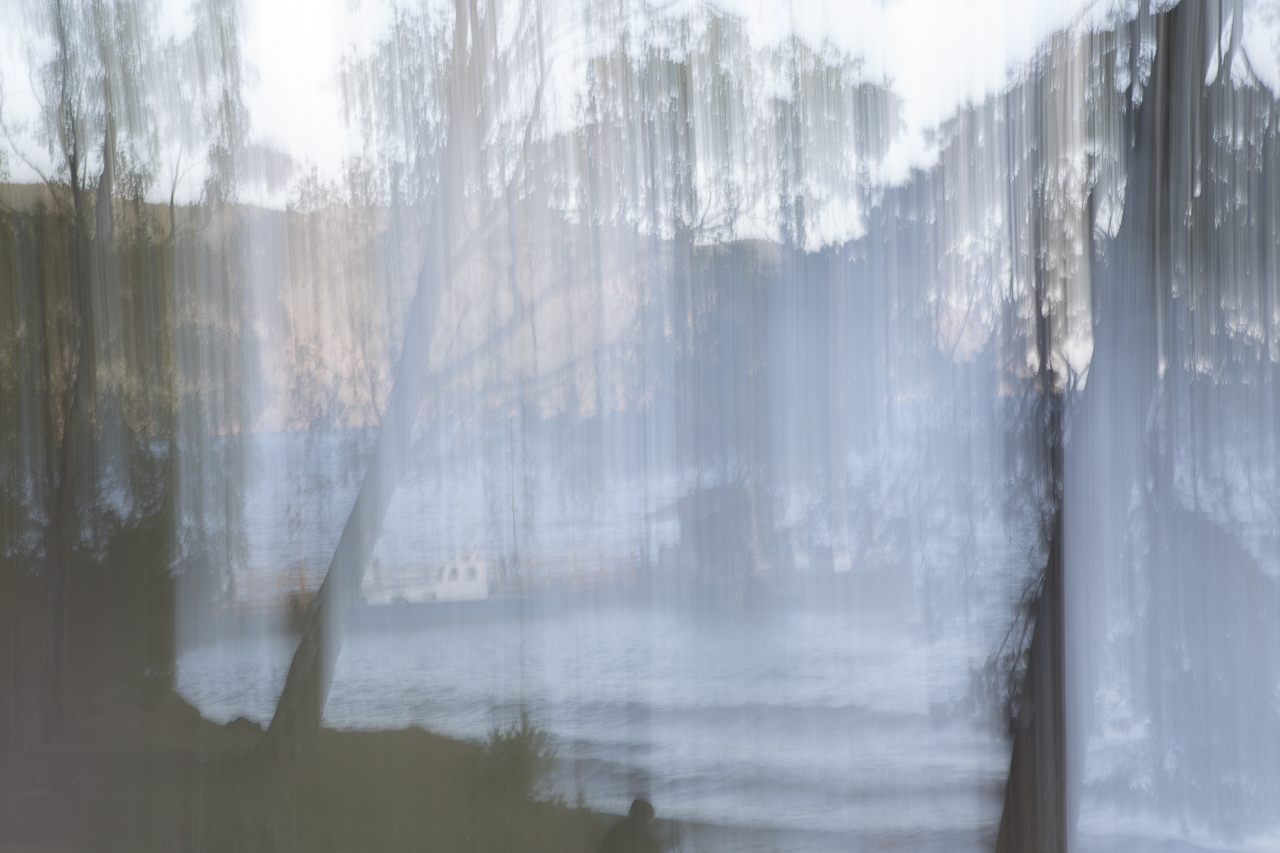
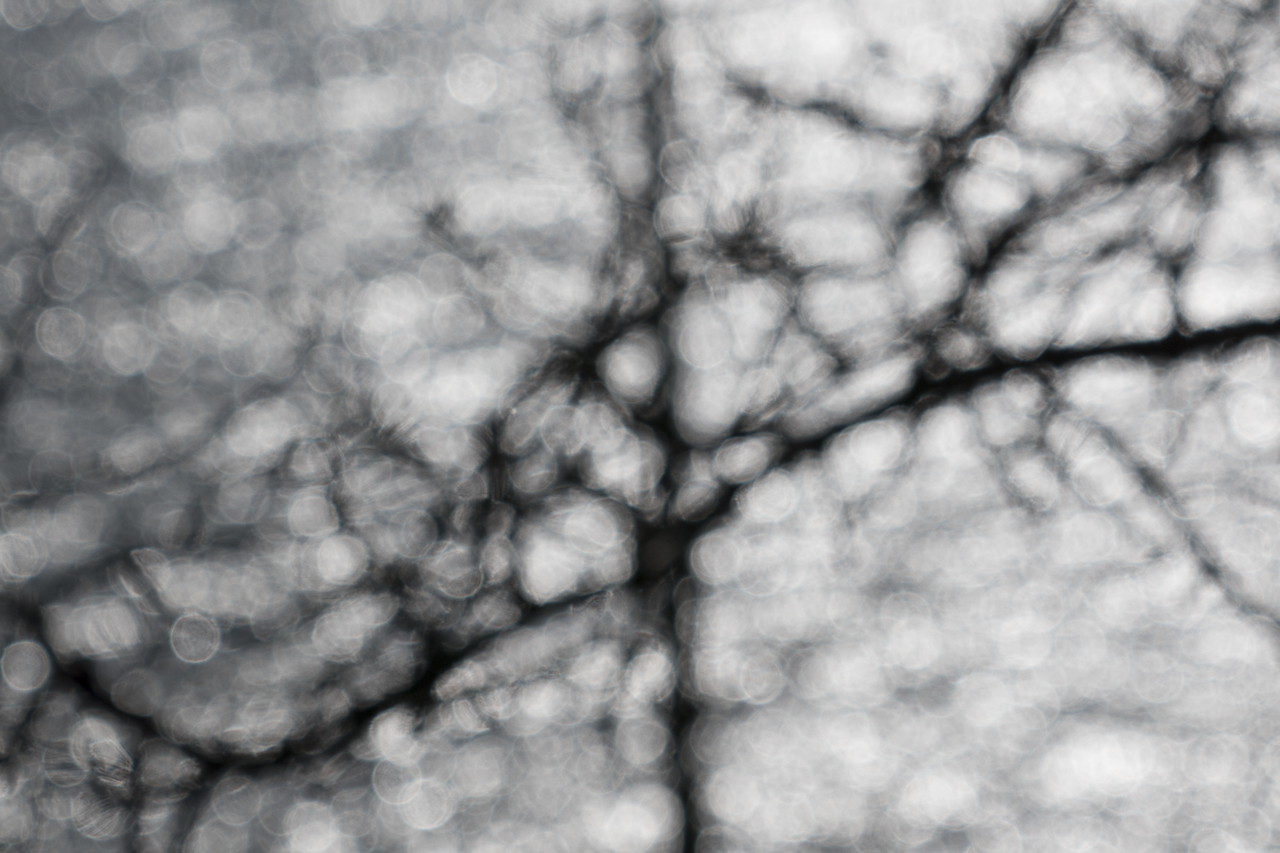
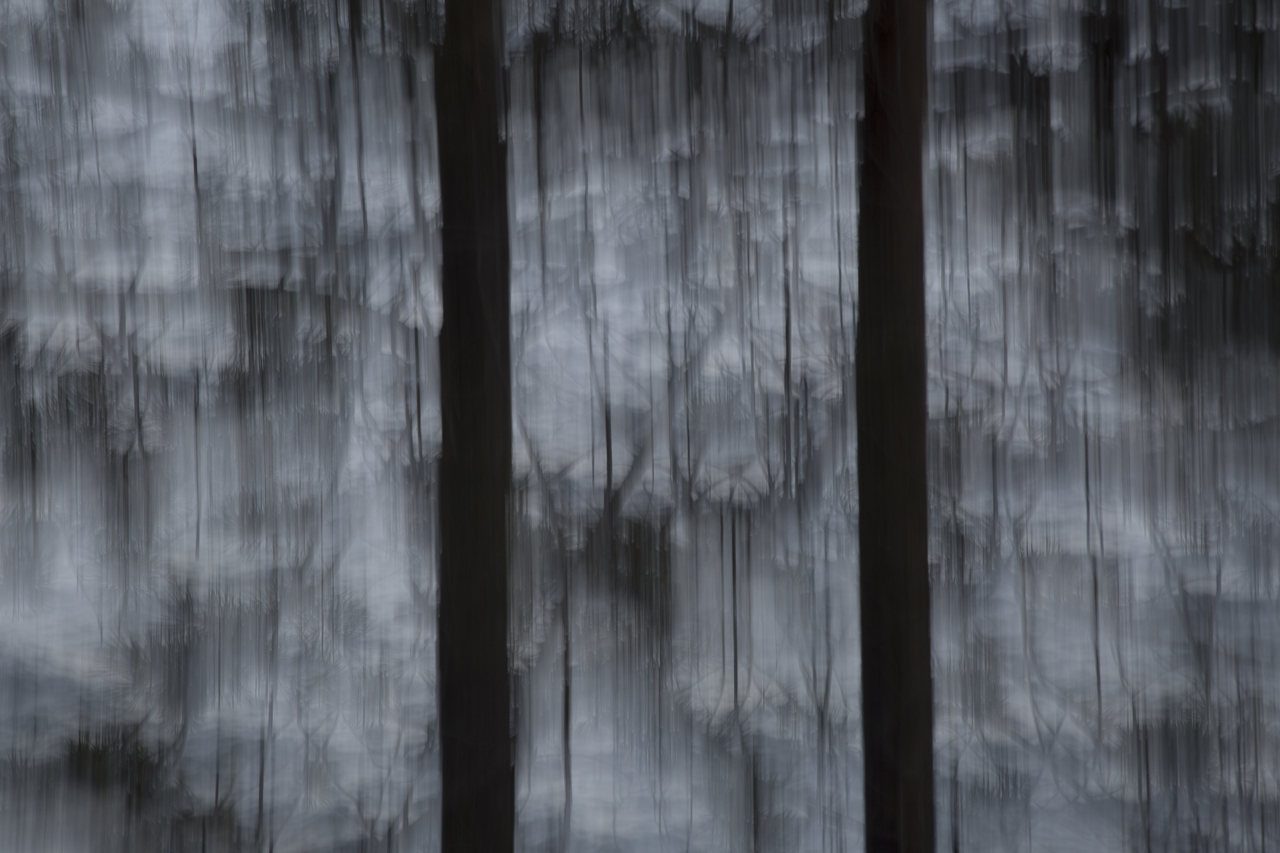
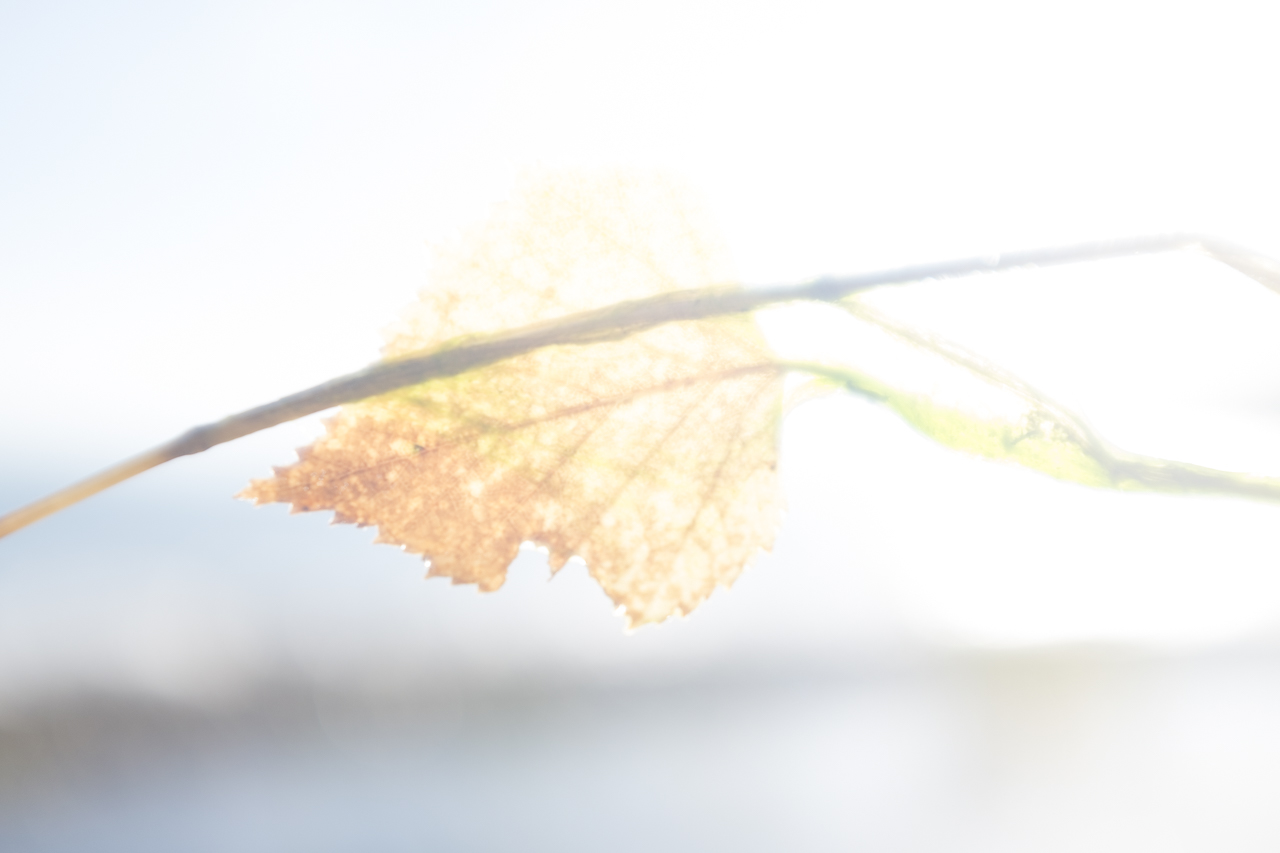
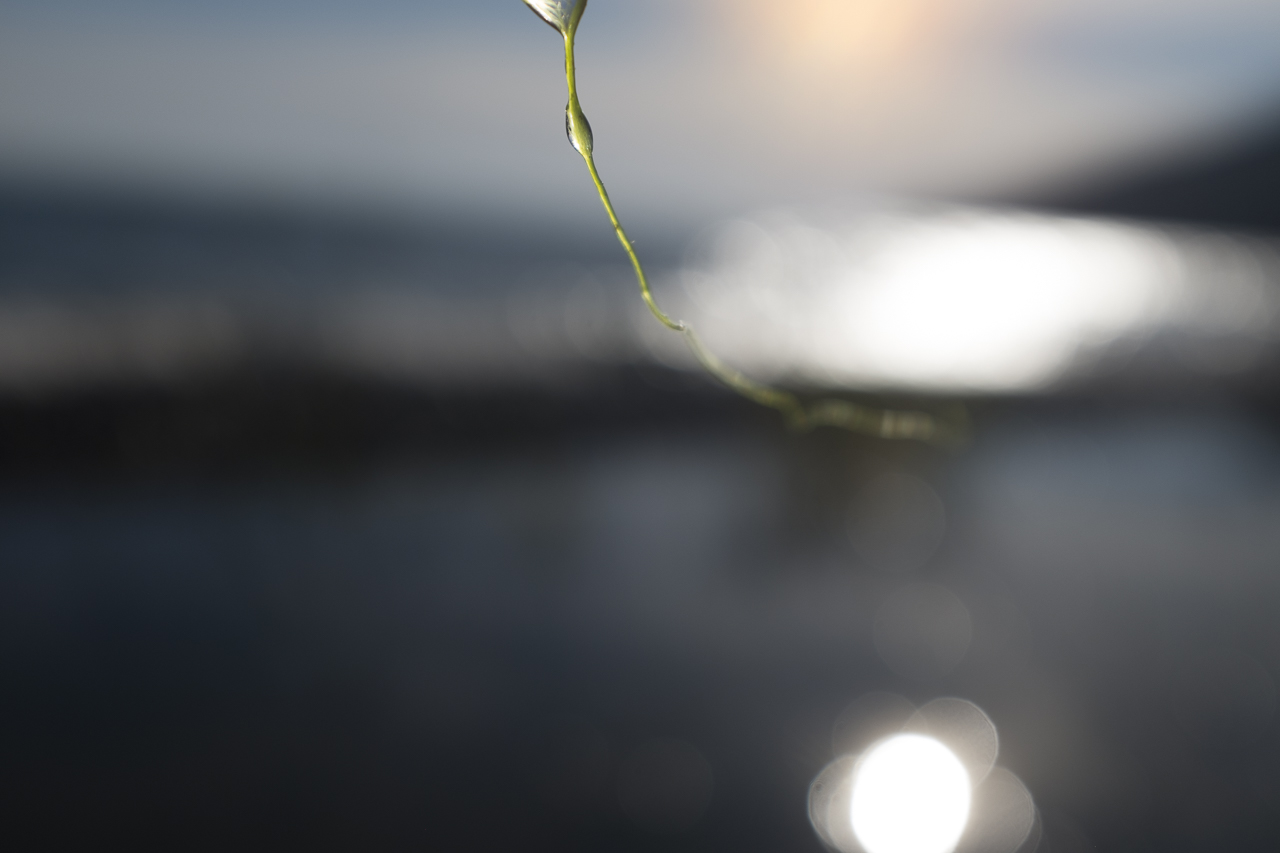
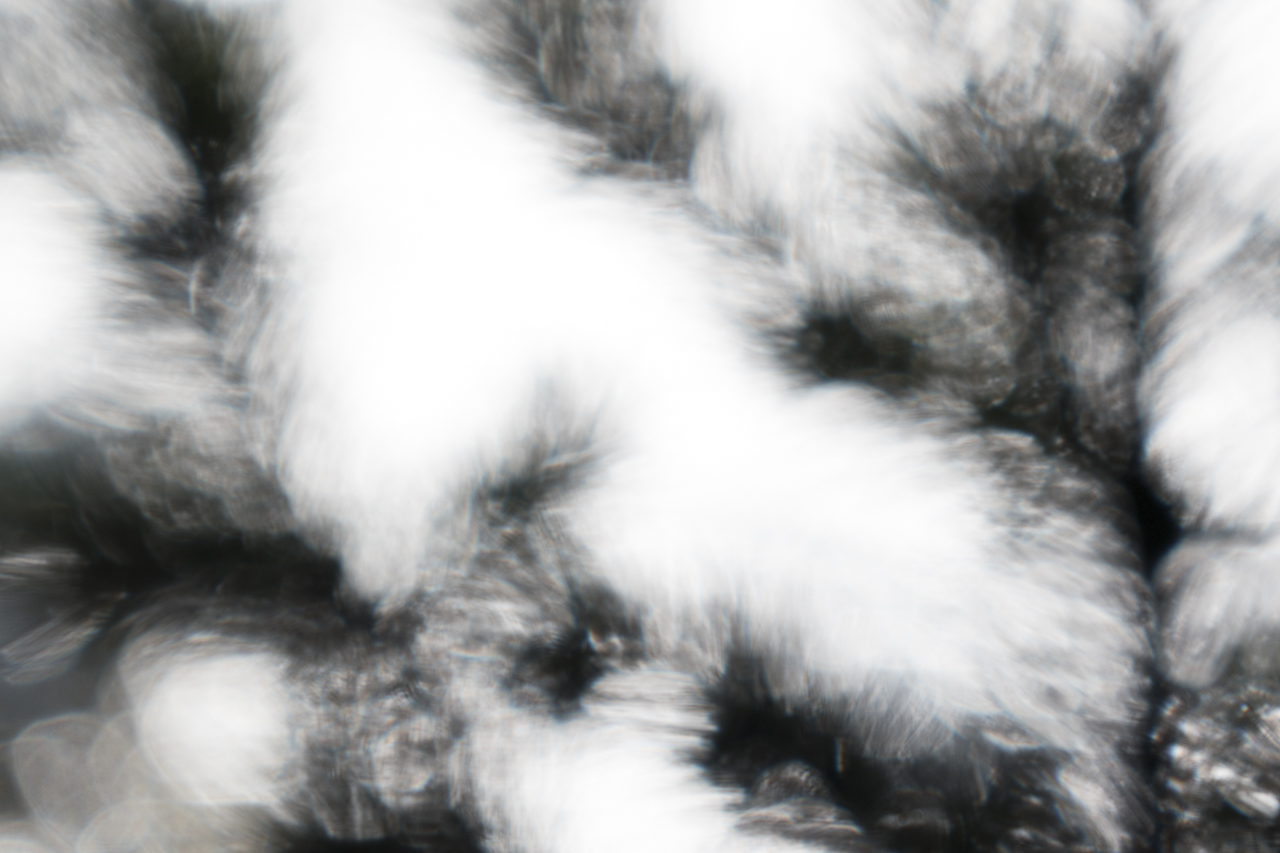
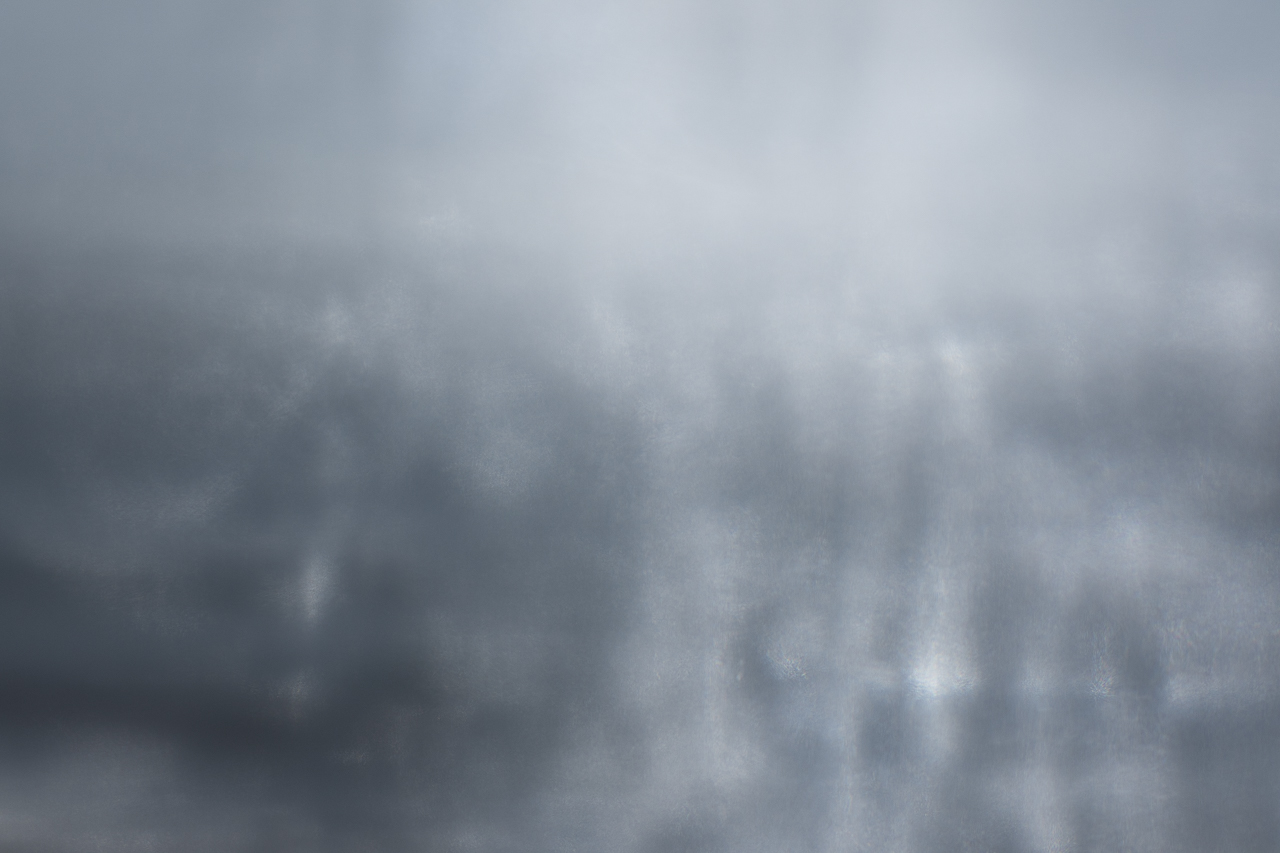
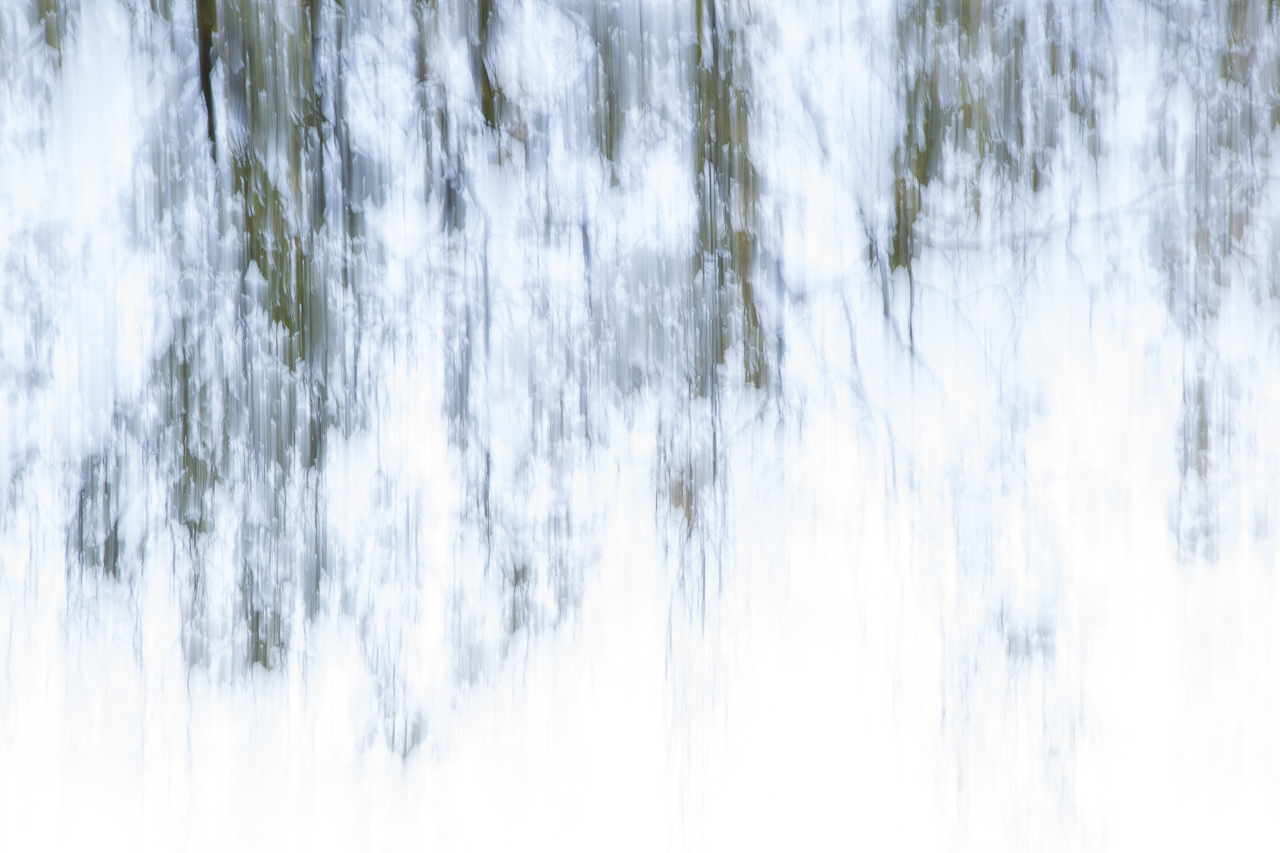
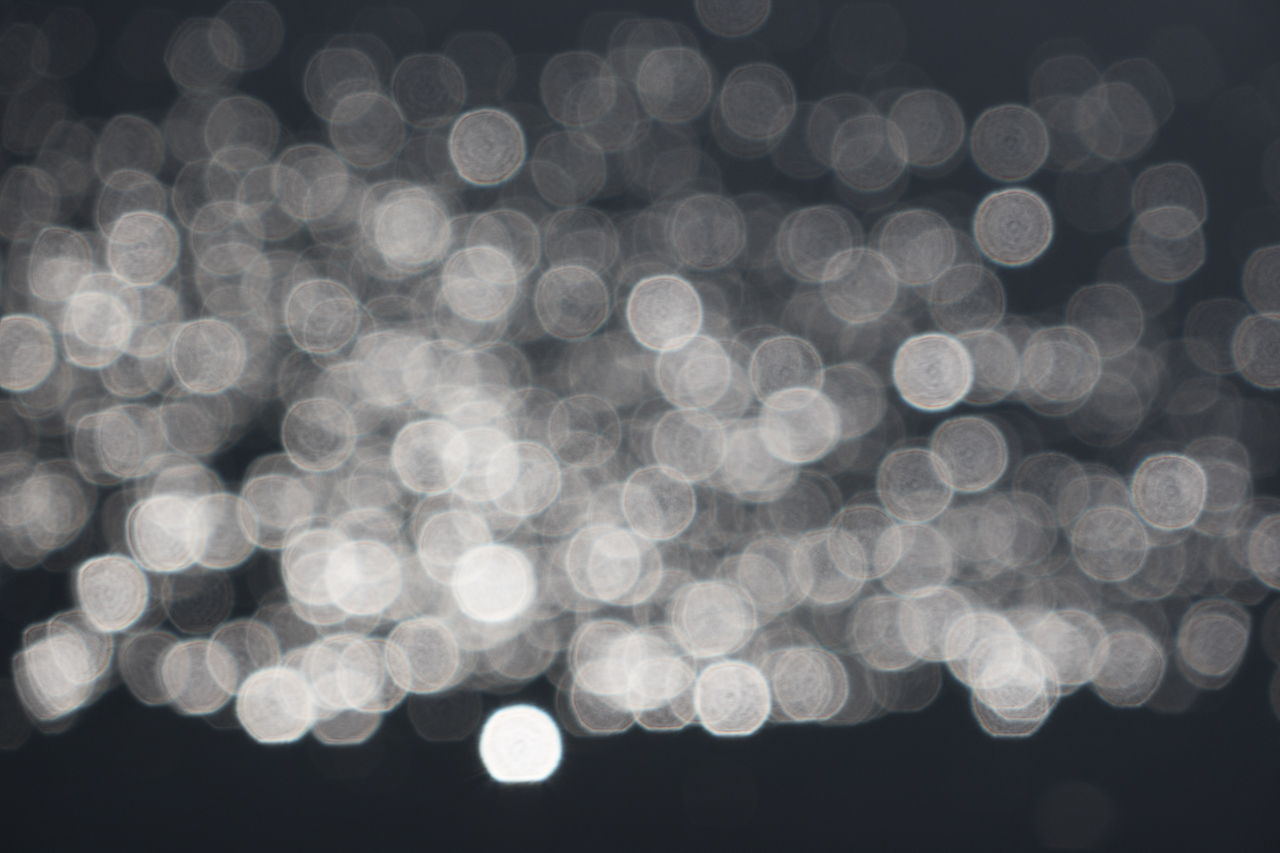

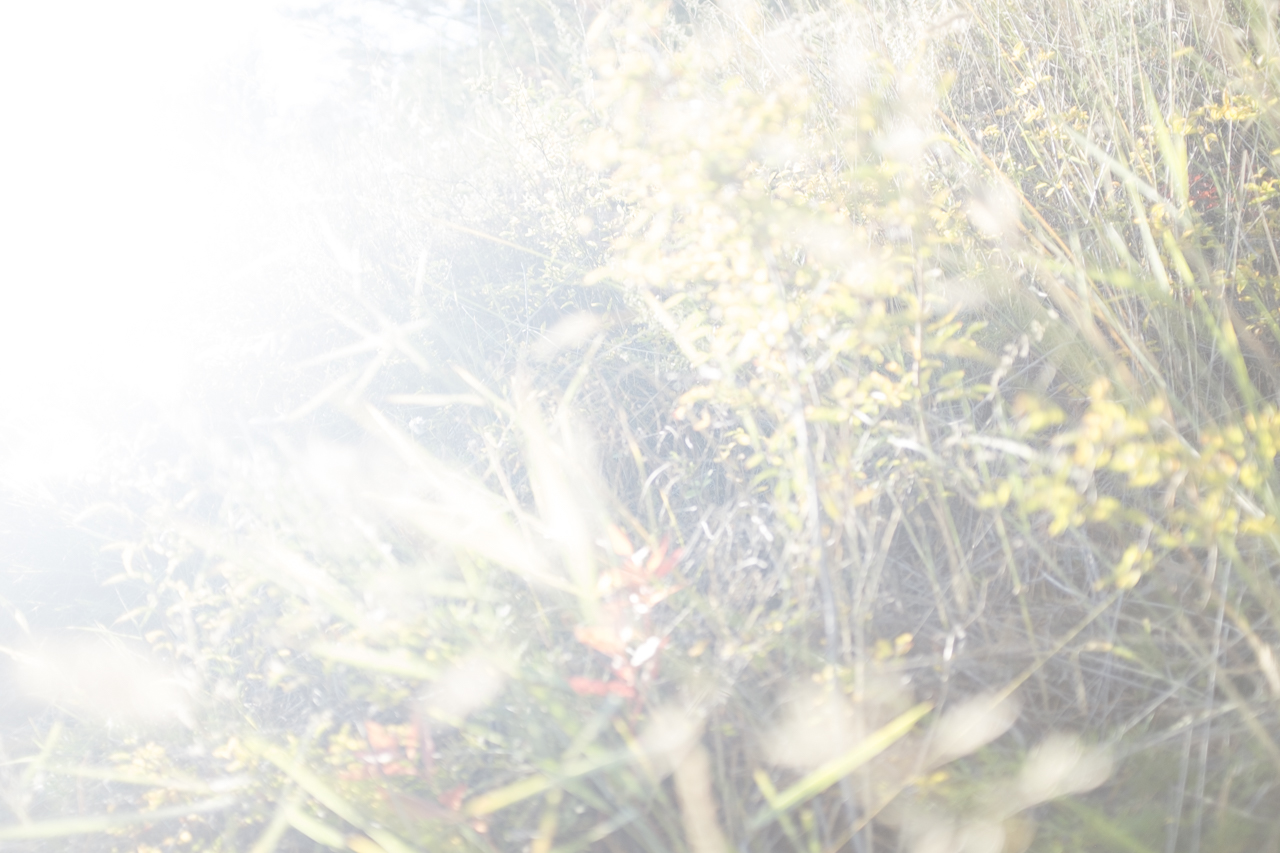
How to comprehend -- and then convey -- the enormity of Siberia and the incalculable volume of the world’s deepest and oldest lake? These are early problems for our project on Lake Baikal.
Russia is the world’s largest nation in terms of area, with more than 17 million square kilometers. But more than 77 percent of Russia is Siberia, still larger than any other nation on earth. In fact, Siberia alone is larger than all of the United States and Europe combined.
Lake Baikal is the deepest, and by volume of water, the largest lake in the world. All of the Great Lakes could be drained into Lake Baikal, and it contains more than 20 percent of all the freshwater in the world. It is also the oldest lake in the world, formed 25-30 million years ago.
Standing on the Western shore on the Great Baikal Trail, we can easily spot the sprays of snow on the peaks of the storybook mountain range on the Eastern side, in the Republic of Buryatia. Our eyes are rewarded by the endless dancing reflections of light on the Lake’s surface. But we cannot see 1,642 meters into its depths, to its murky bottom carved by a geological trauma. And we cannot see to the northern reaches of its crescent shape, beyond the villages that draw most of its tourists.
Around us are thousands of aspens and birch trees, decorated in gold, shivering in the emphatic wind, shedding leaves rapidly. But we cannot count the thousands of species of plants and animals that live in and around Lake Baikal, 60 percent of which are unique, causing it to be labelled “Russia’s Galapagos.”
On the shores, we can easily locate small sponges that have washed up on the pebbles and bleached white. But we cannot see the vast colonies of living sponges beneath the waves or the 350 different species of indigenous amphipods, crustaceans essential to the Lake’s health that find their home under rocks on its bottom.
Indeed, one of our most compelling findings thus far is that our lensed devices fail to do justice to the physical vastness of Siberia or Lake Baikal. Over and over, we remarked on and lamented this failure and worried about what it might mean for our project. But now we are mapping an alternate voyage. Instead of capsizing on the Lake’s biggest waves, we are drifting on its tender swells. We hope these modest crests will aptly communicate, not the enormity of Baikal’s size, but its immeasurable importance.


